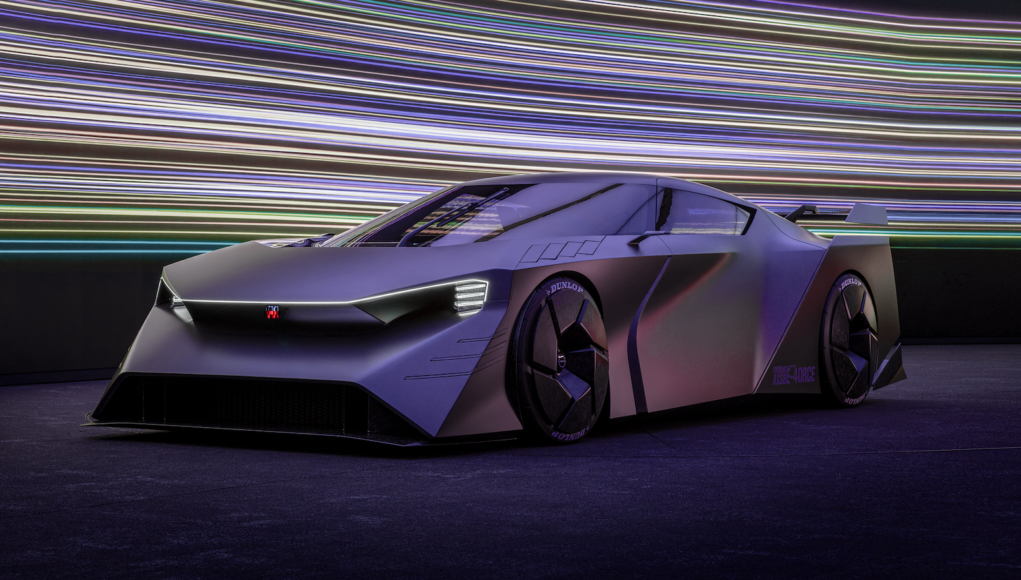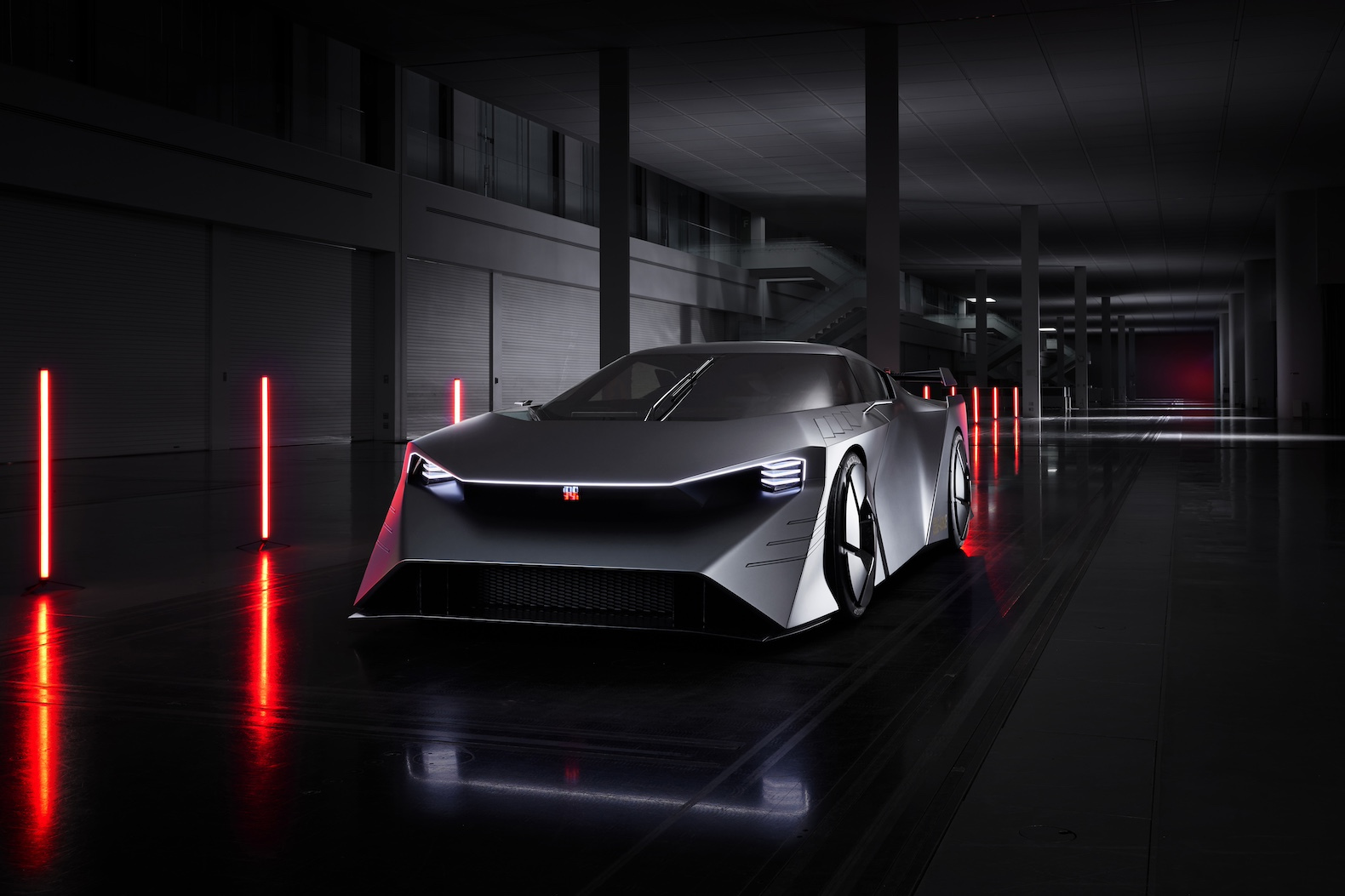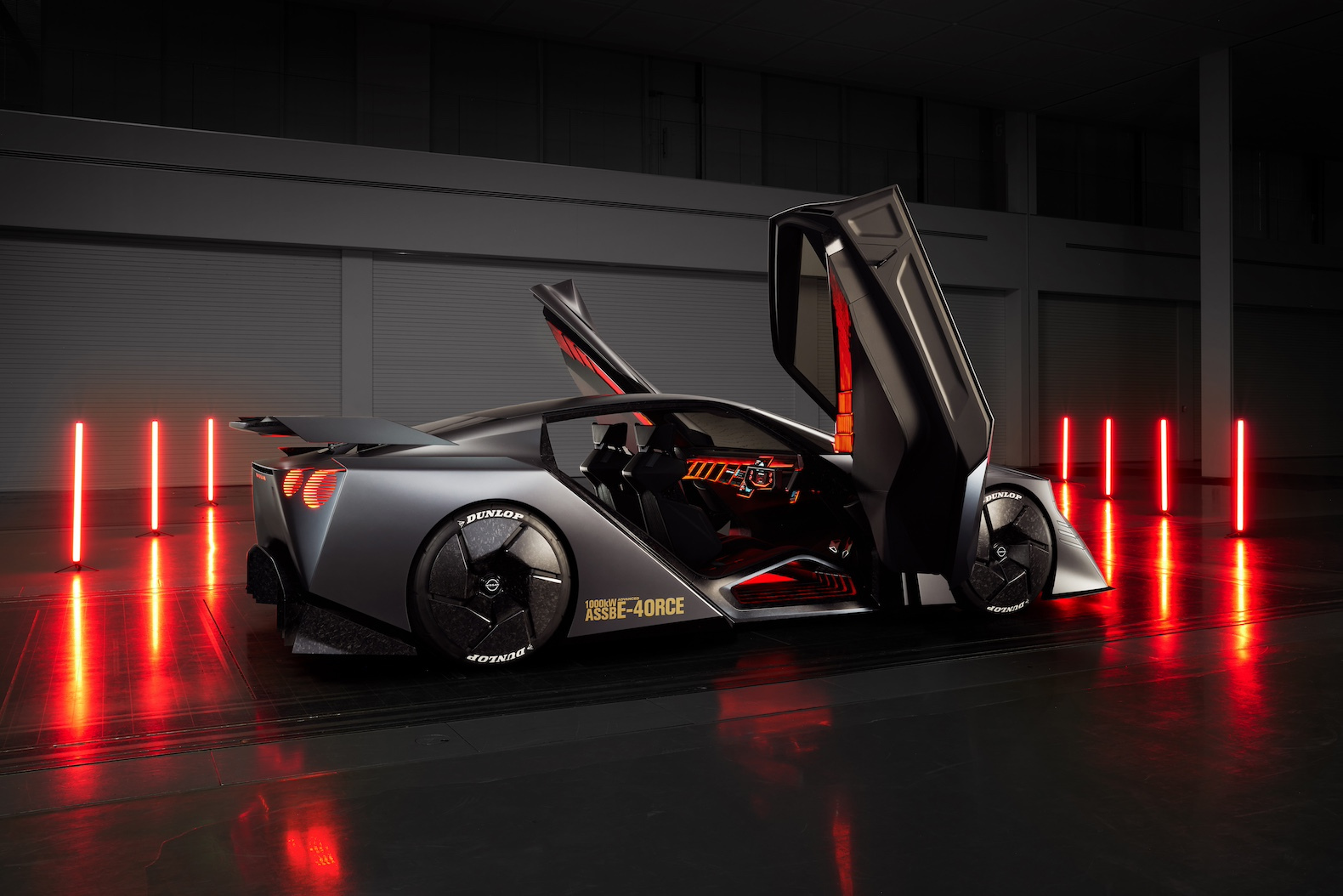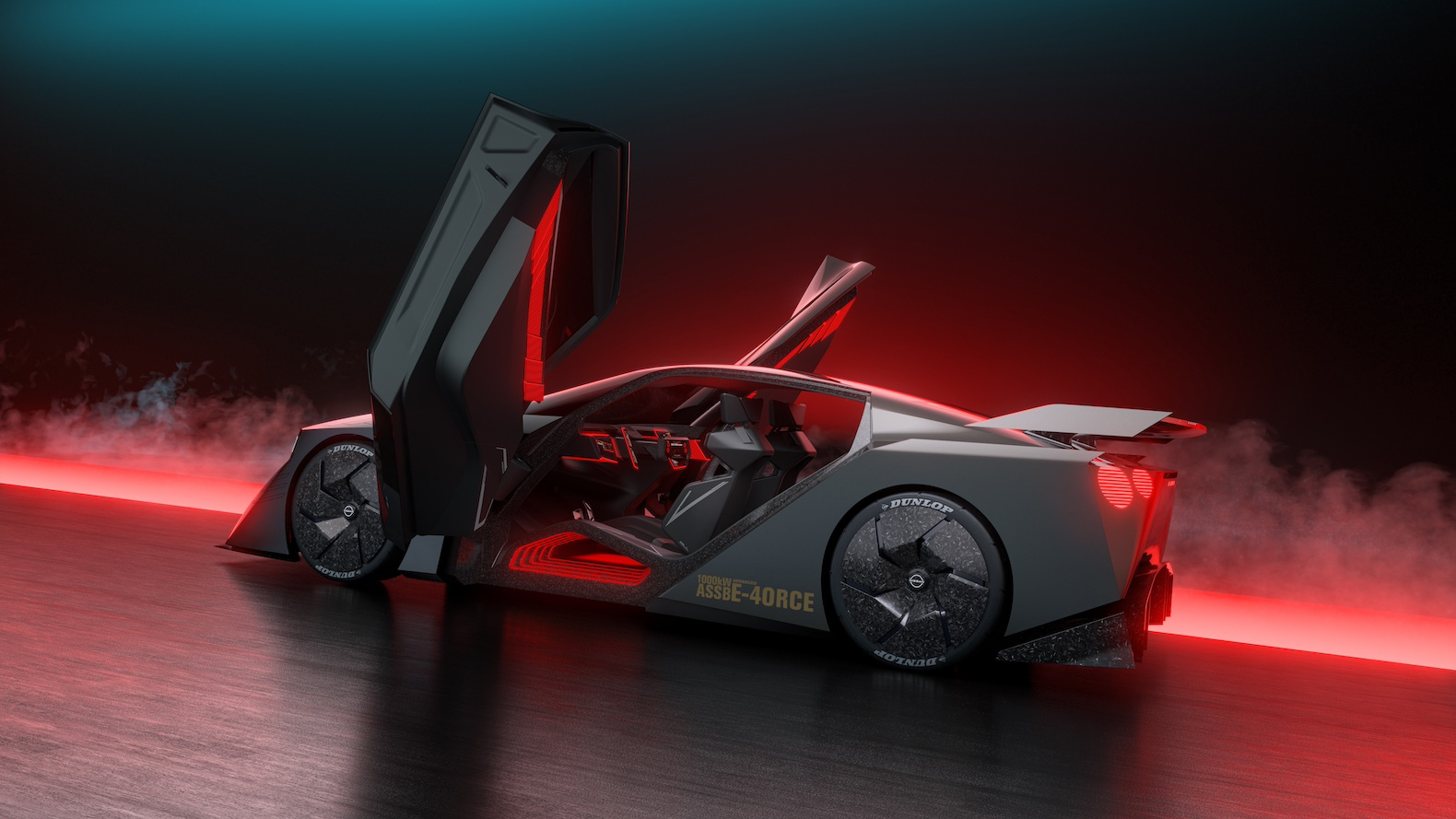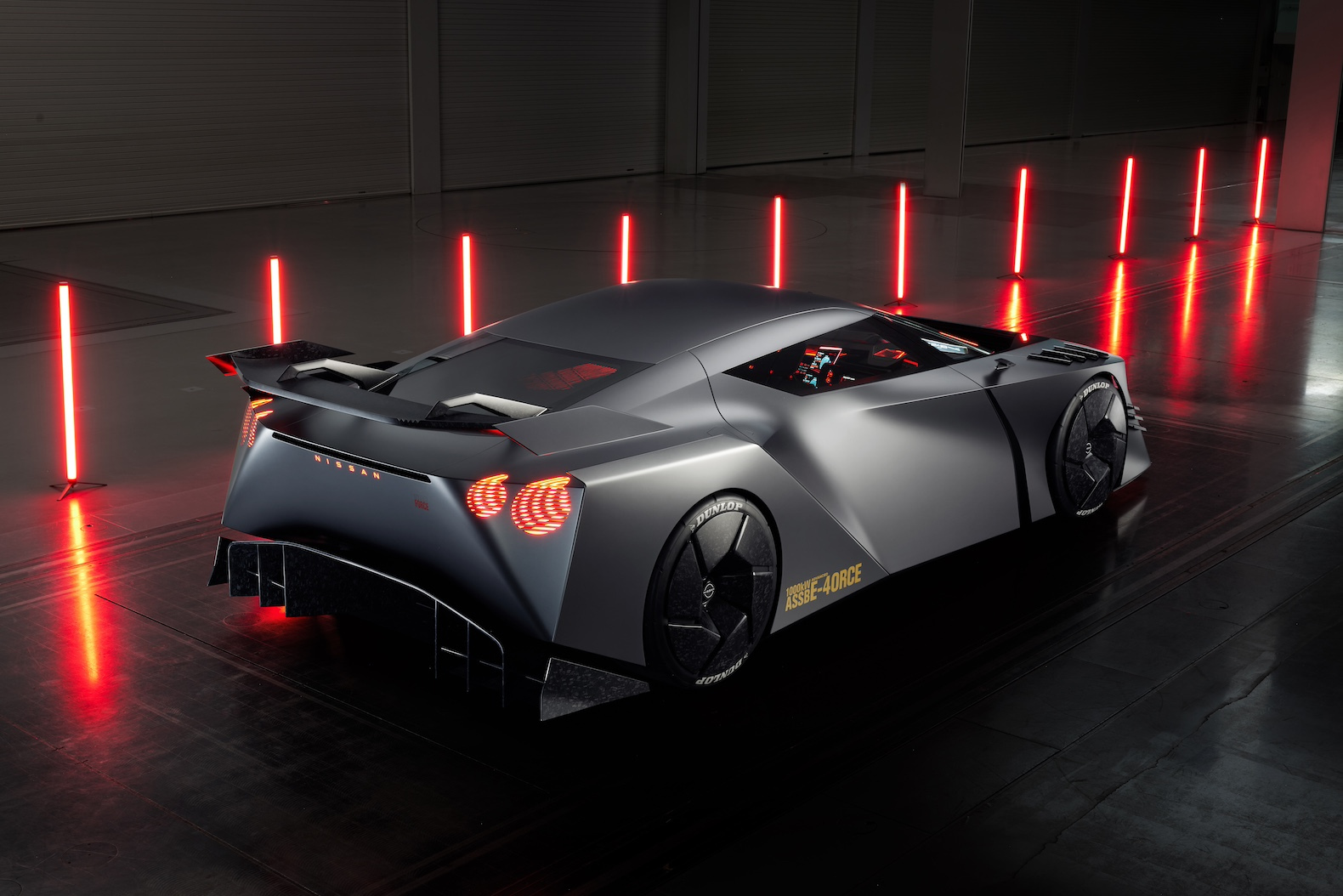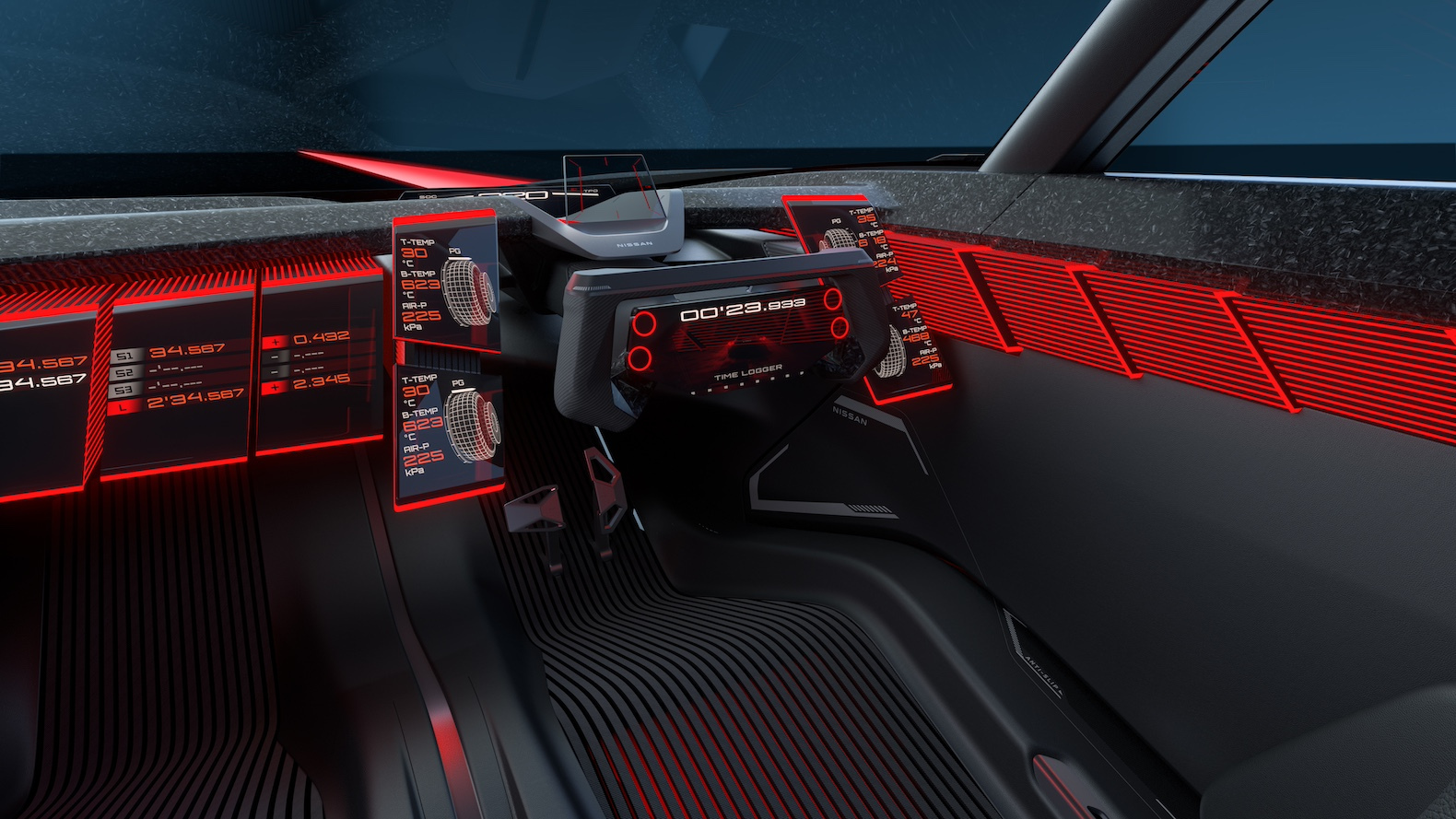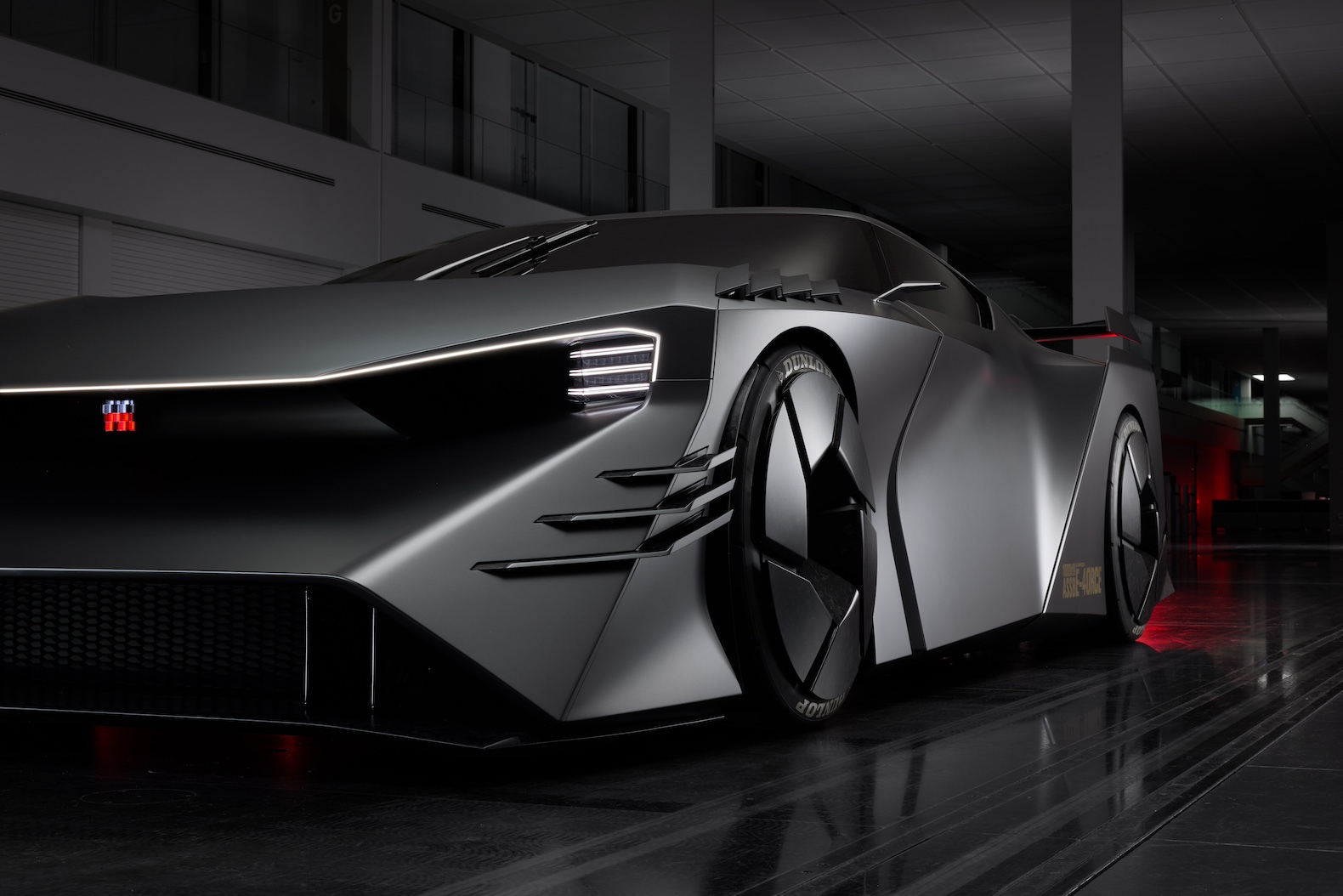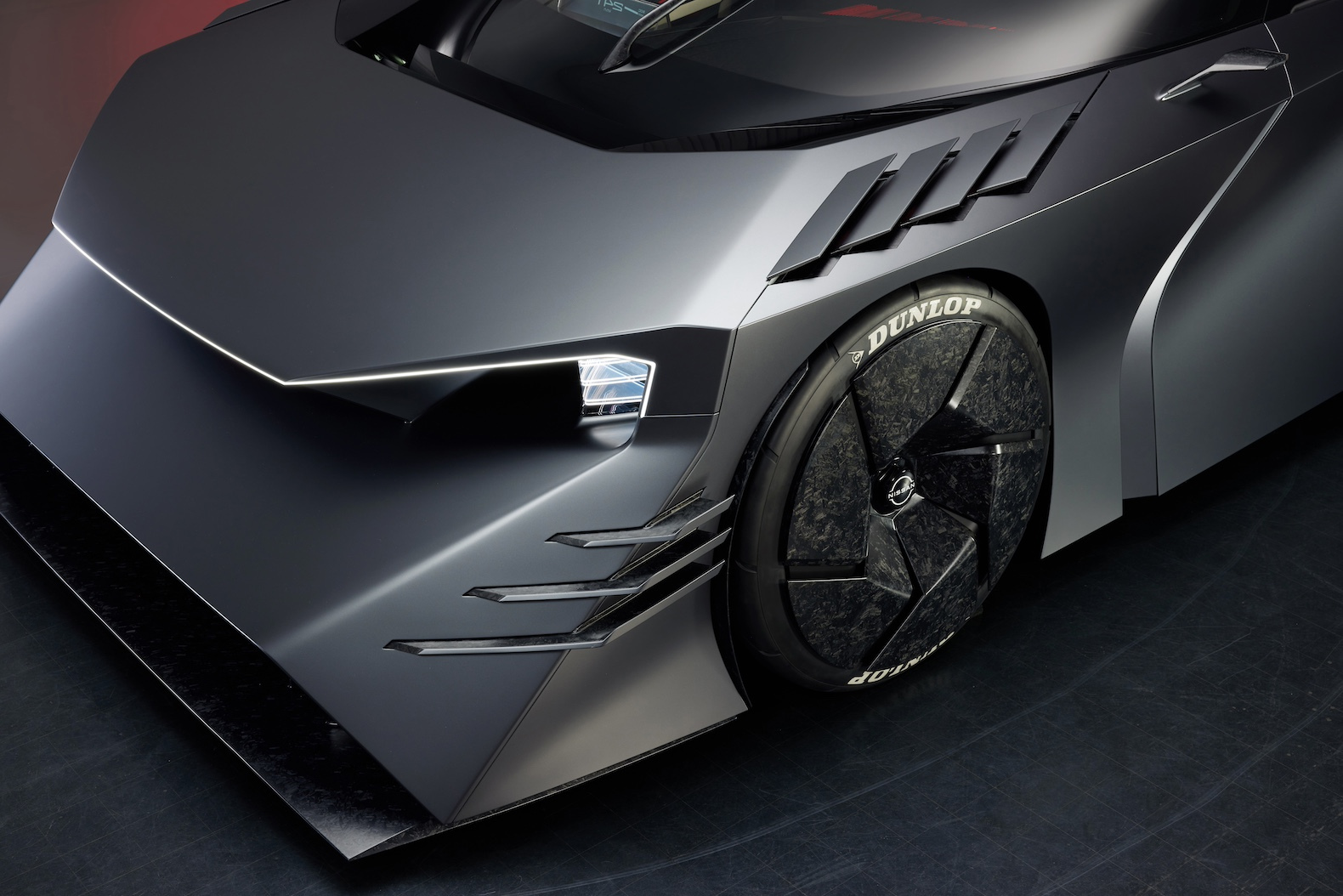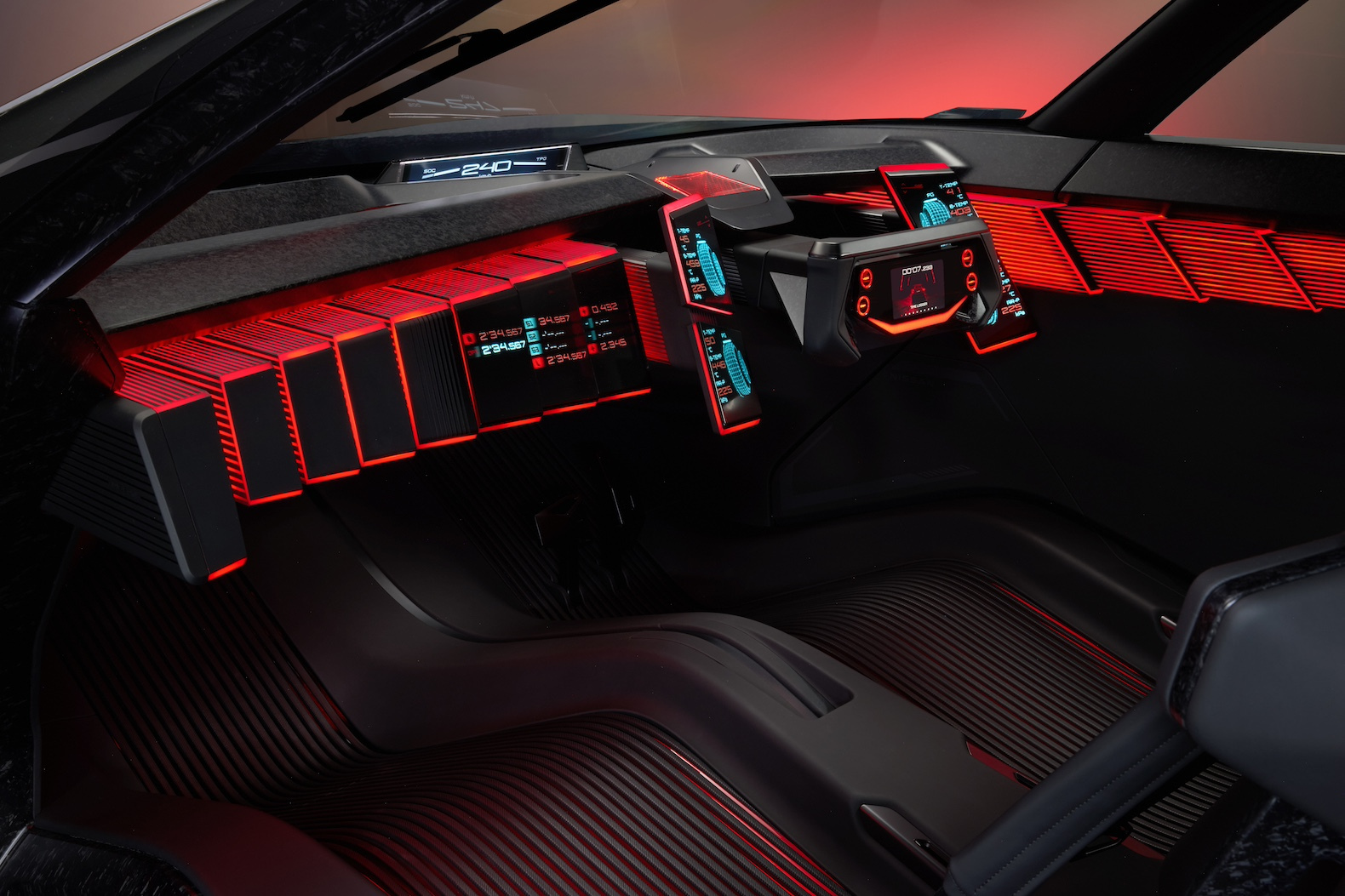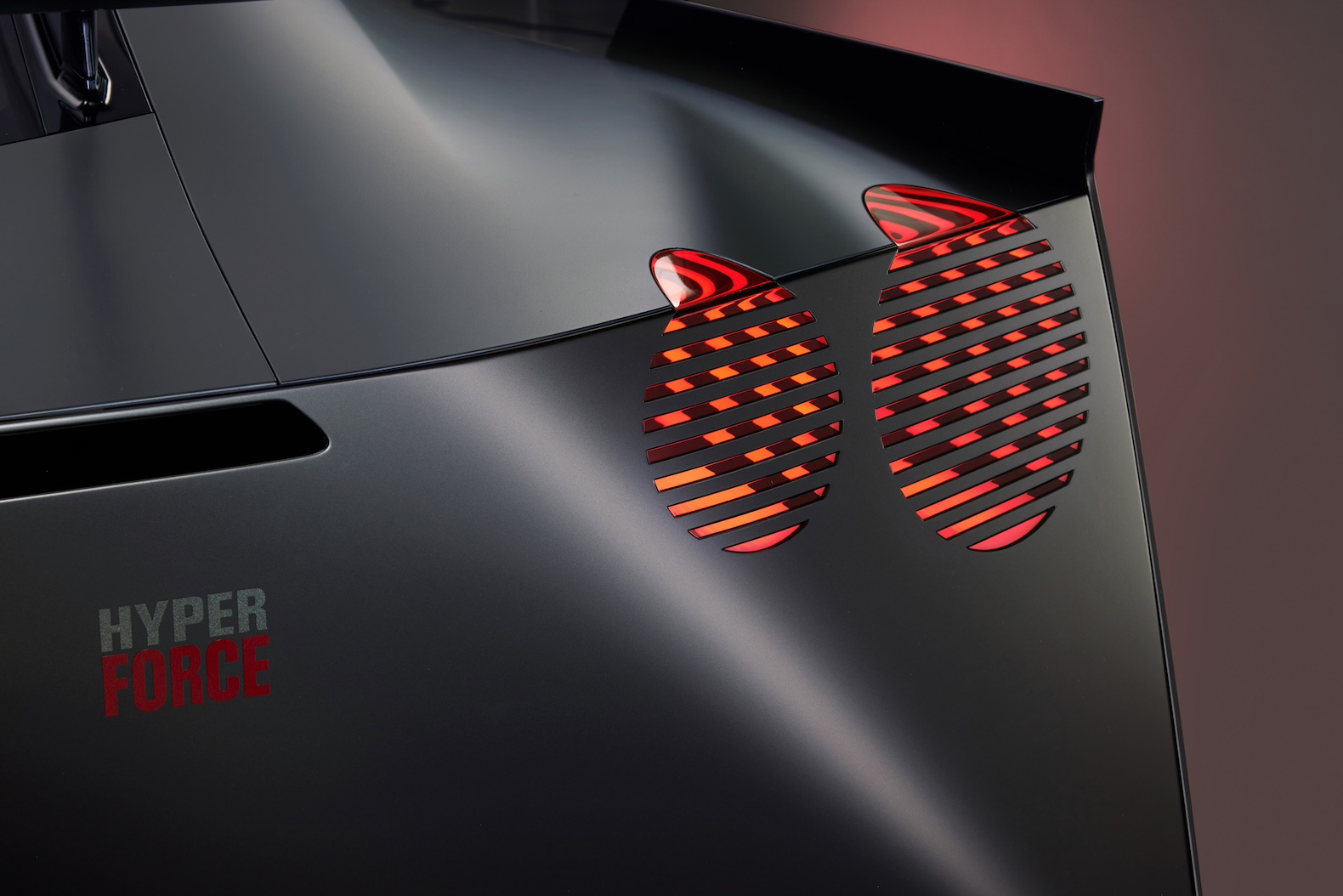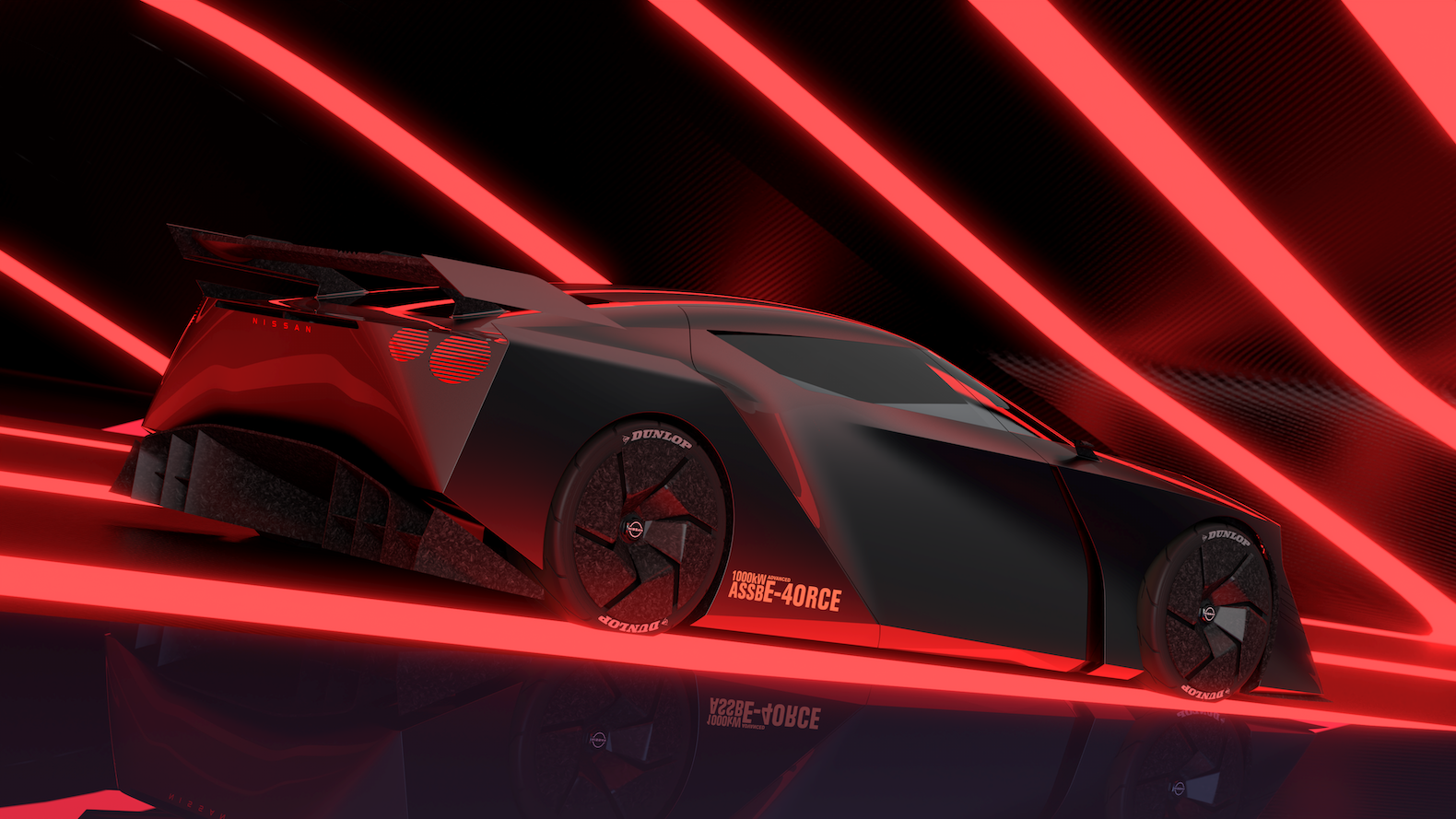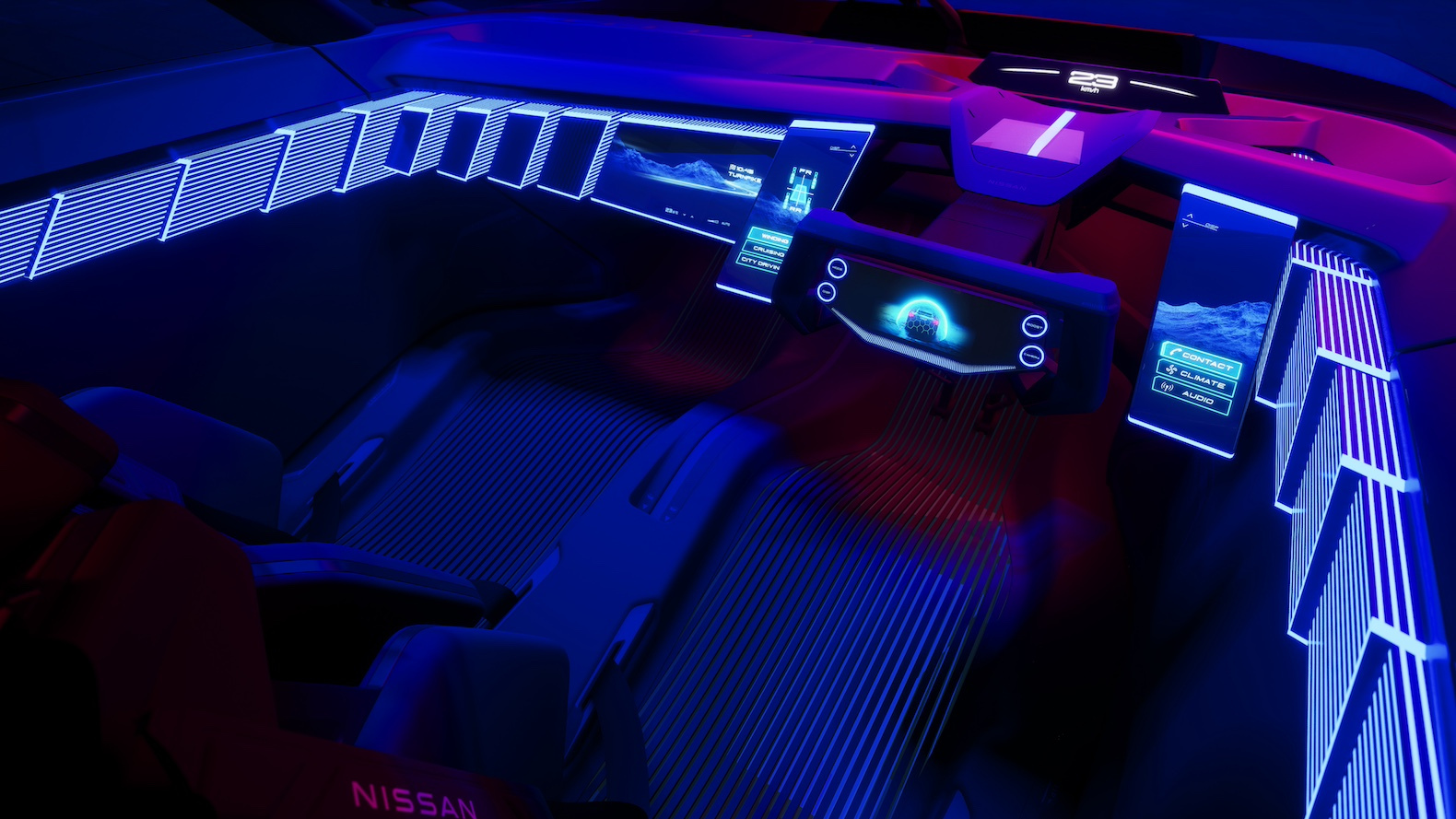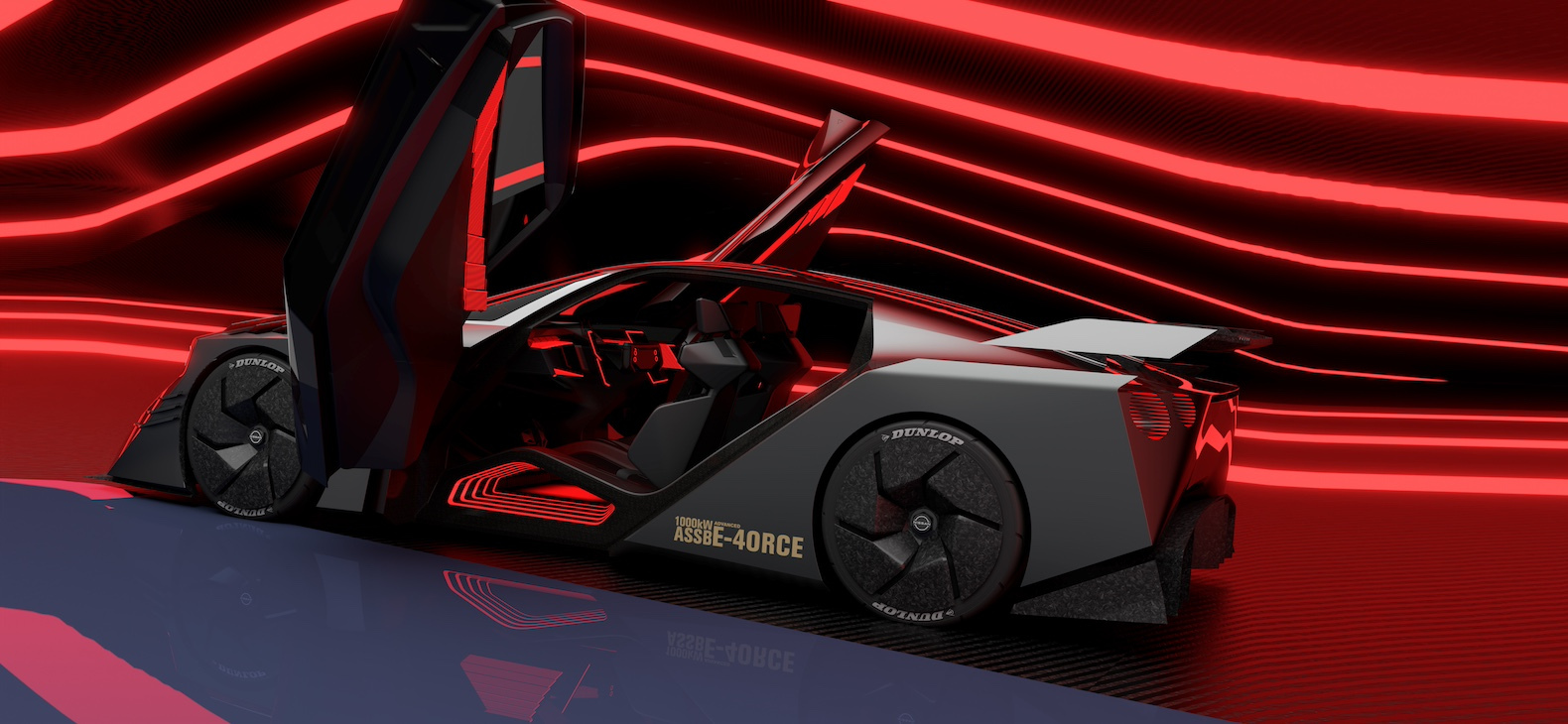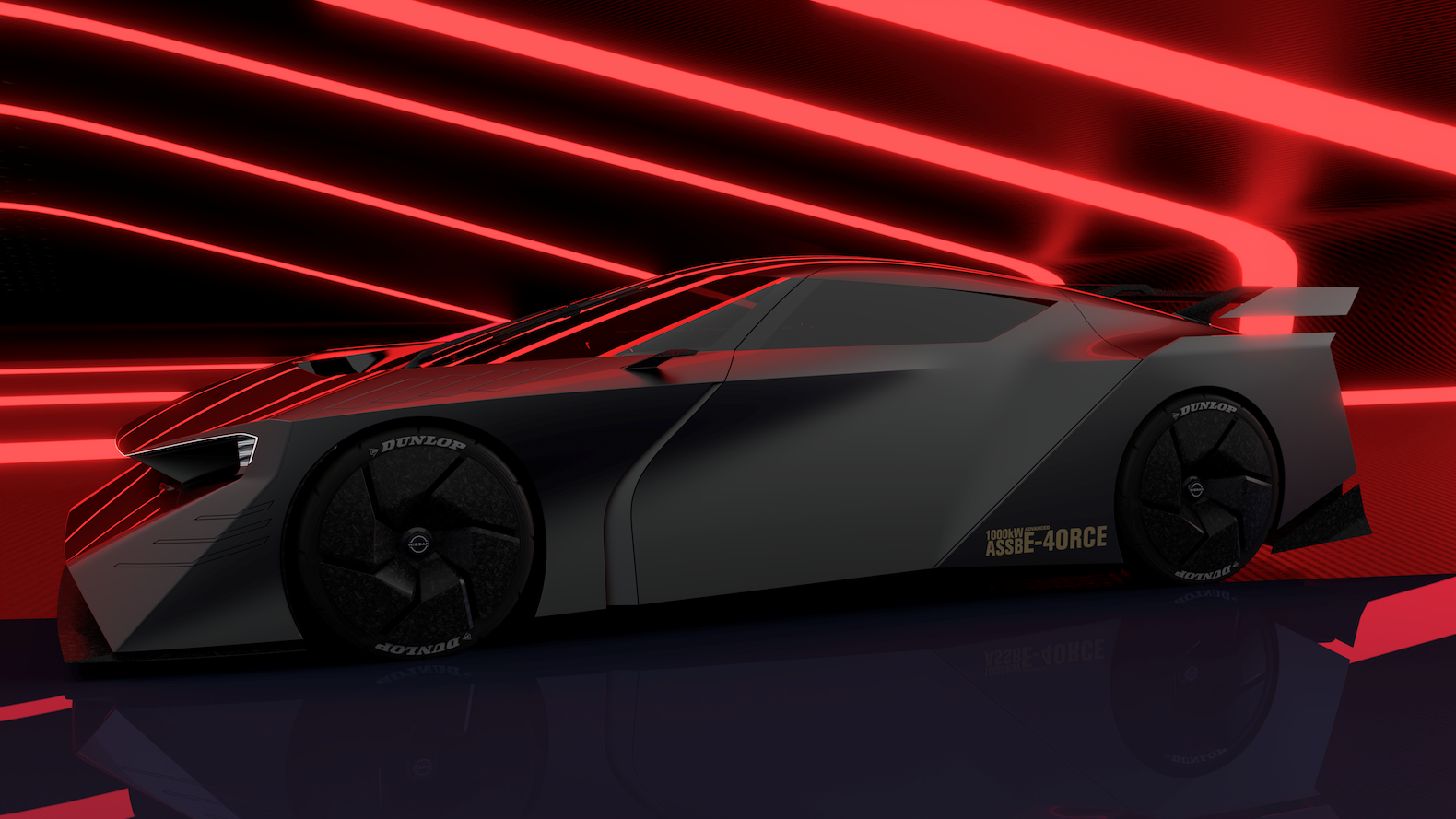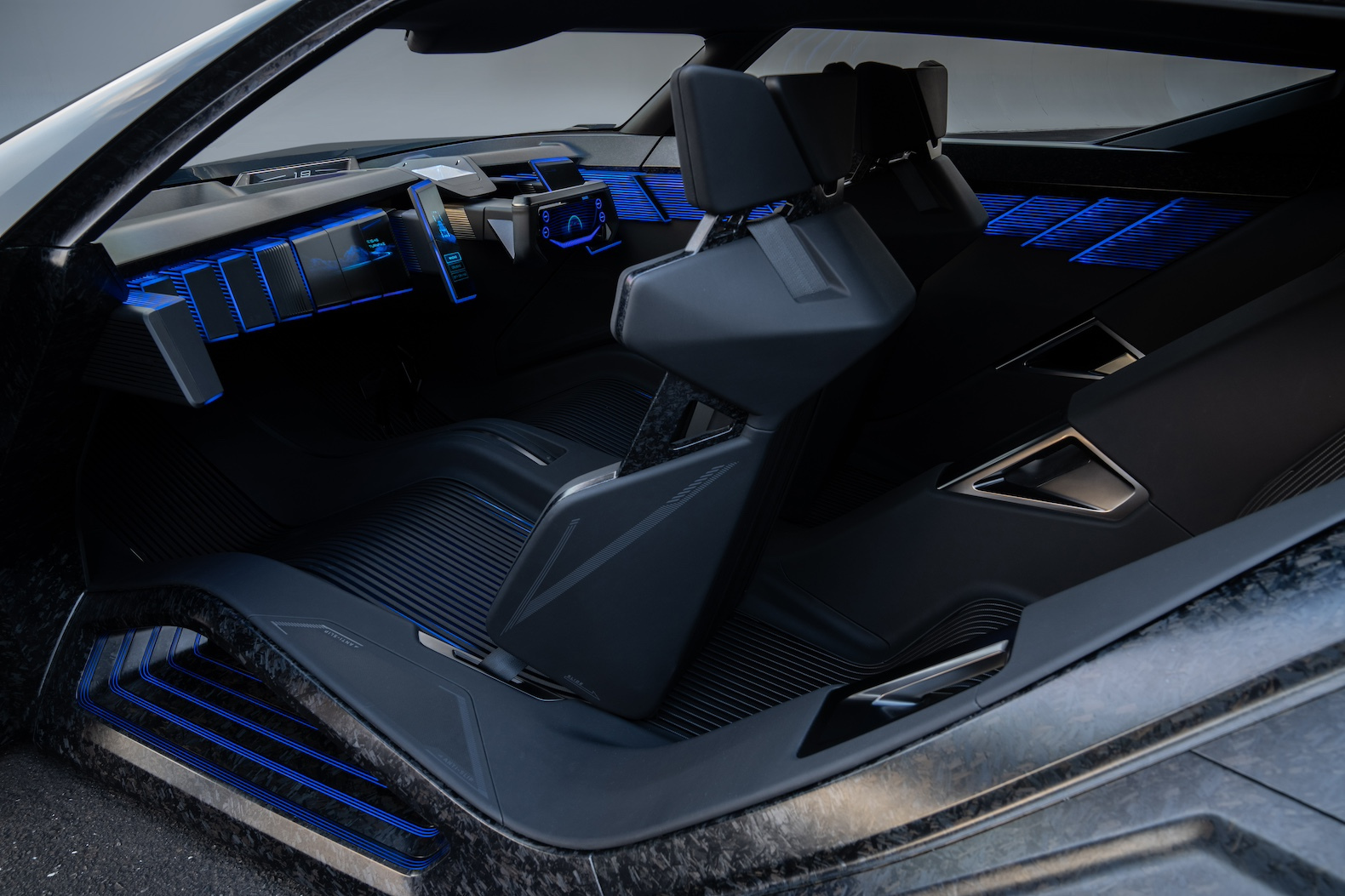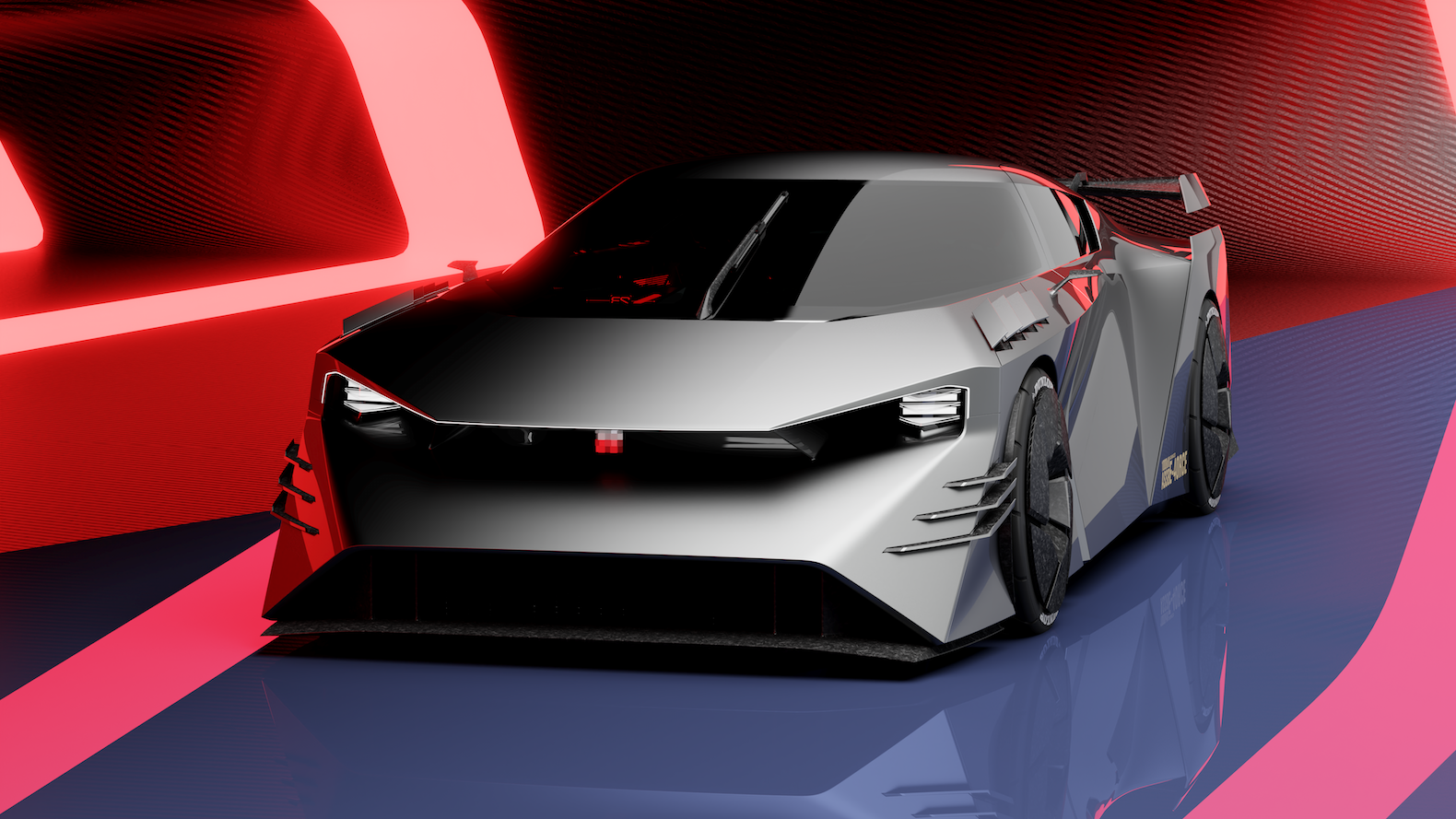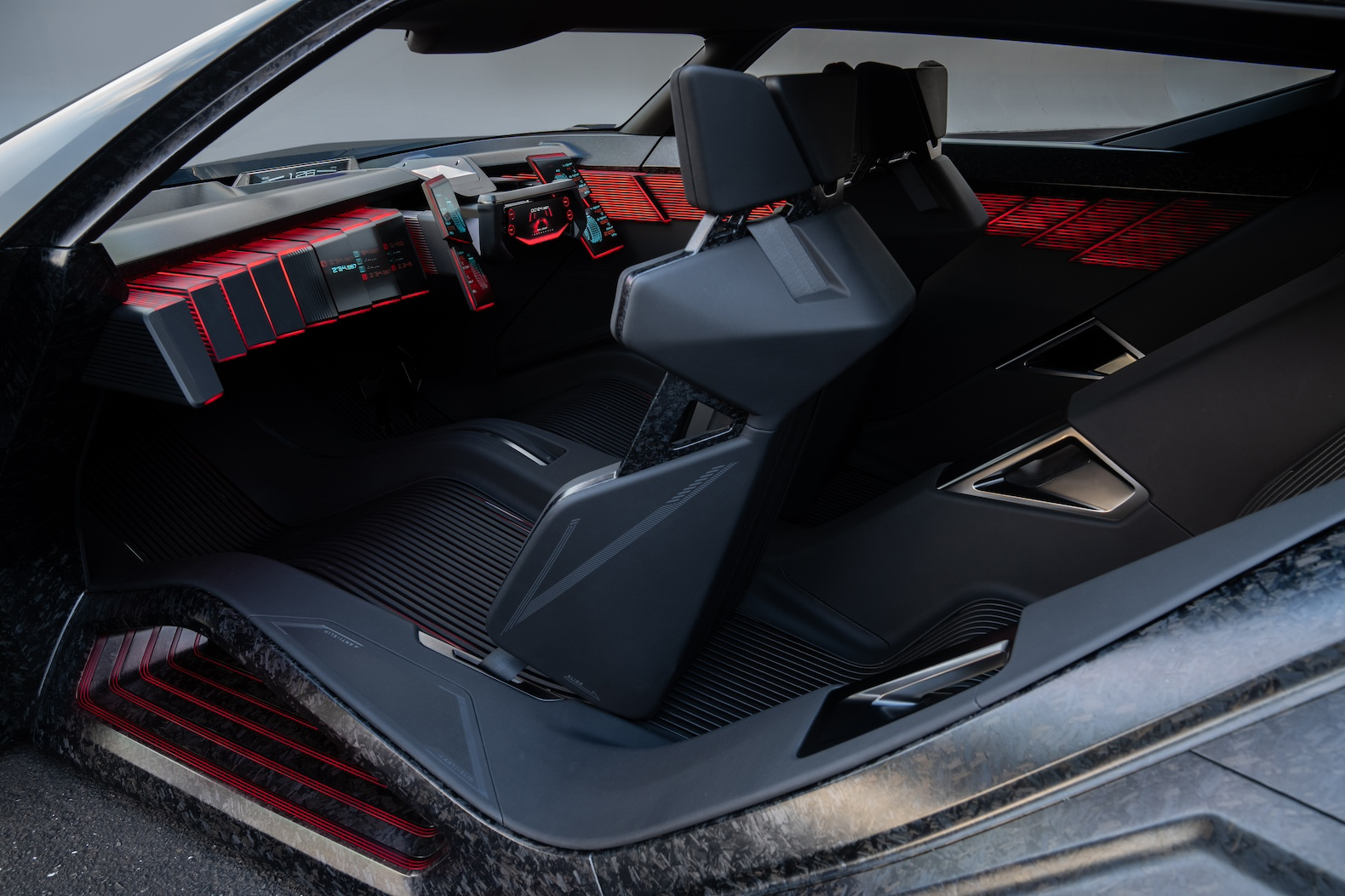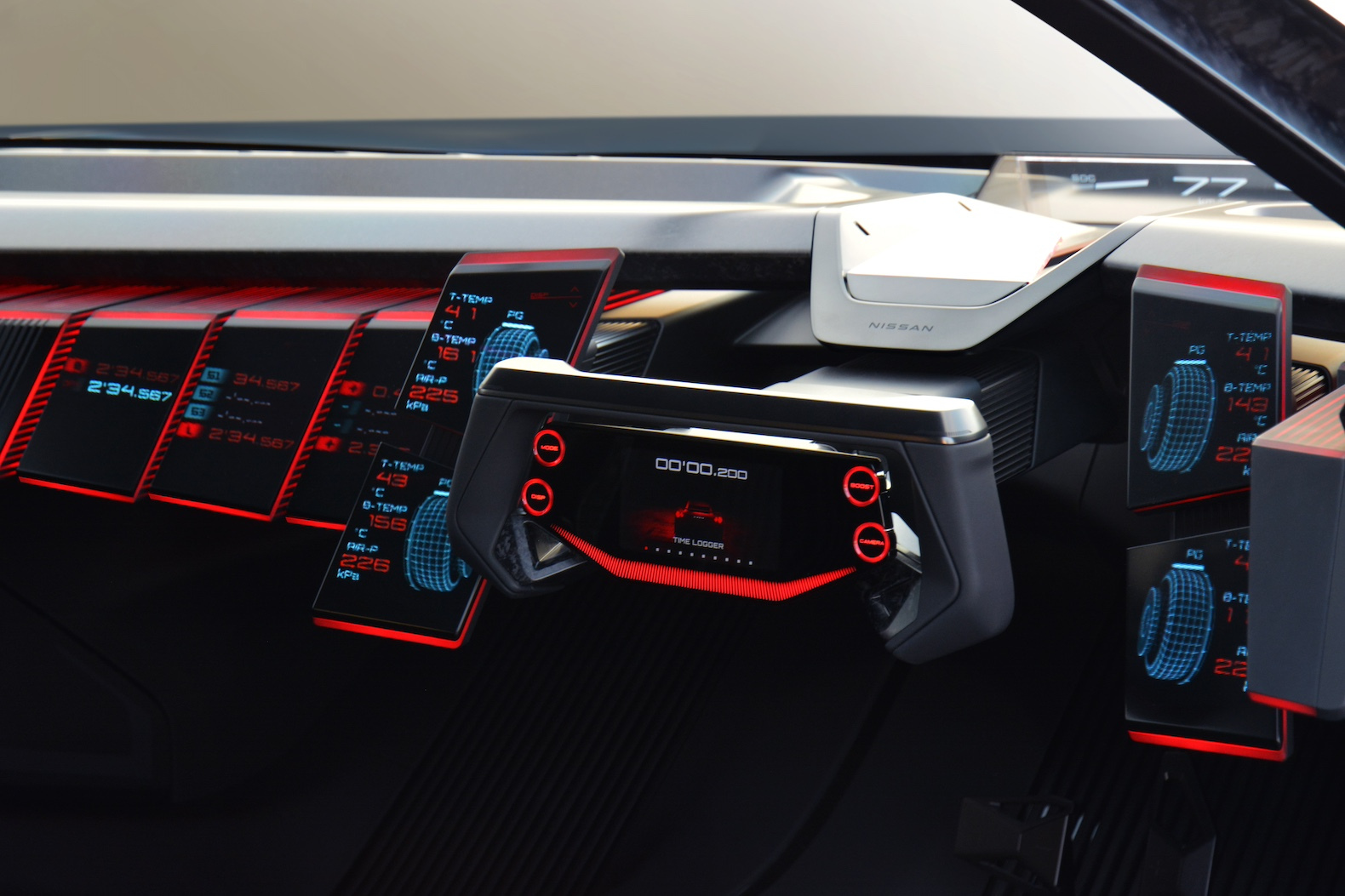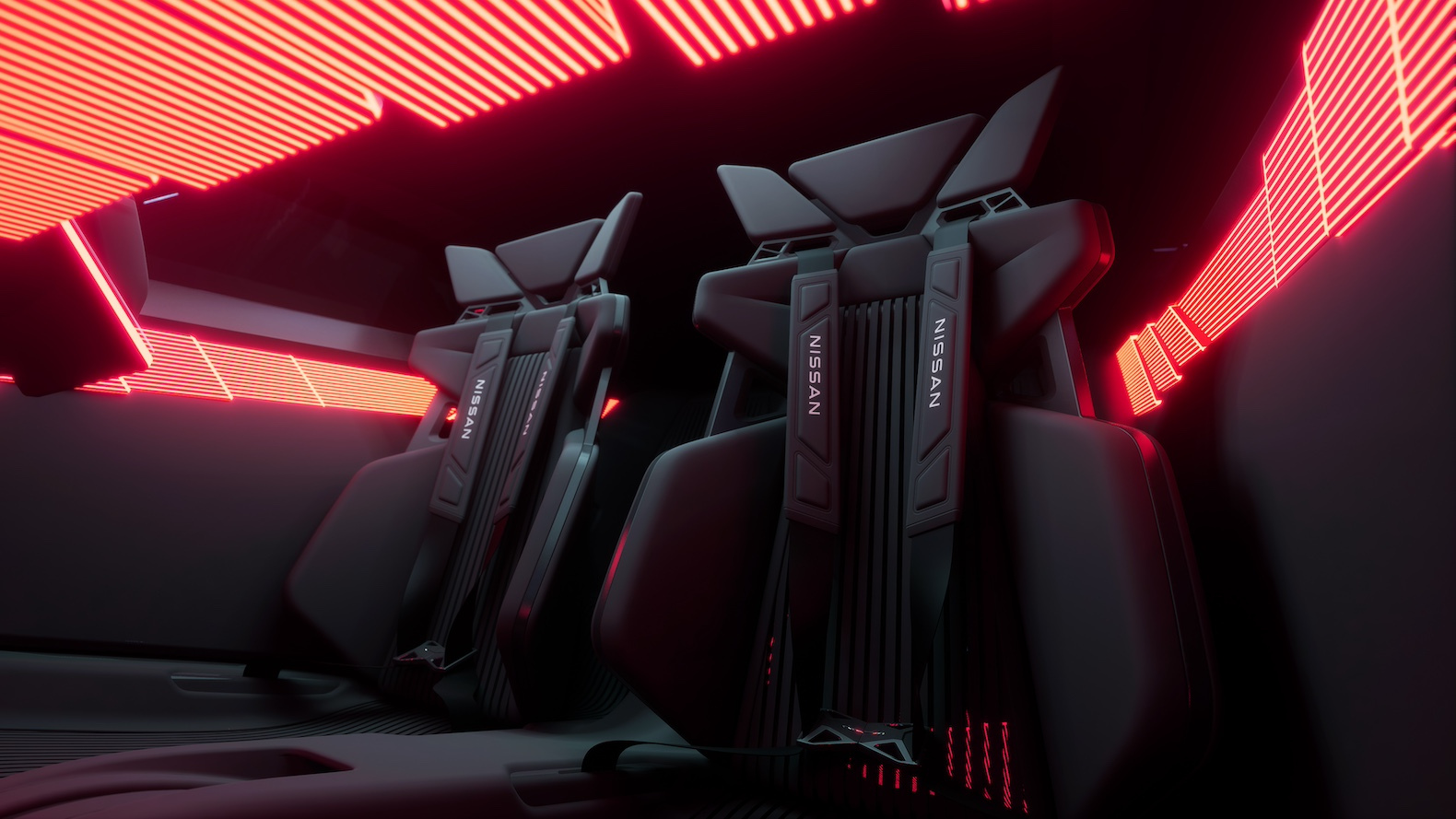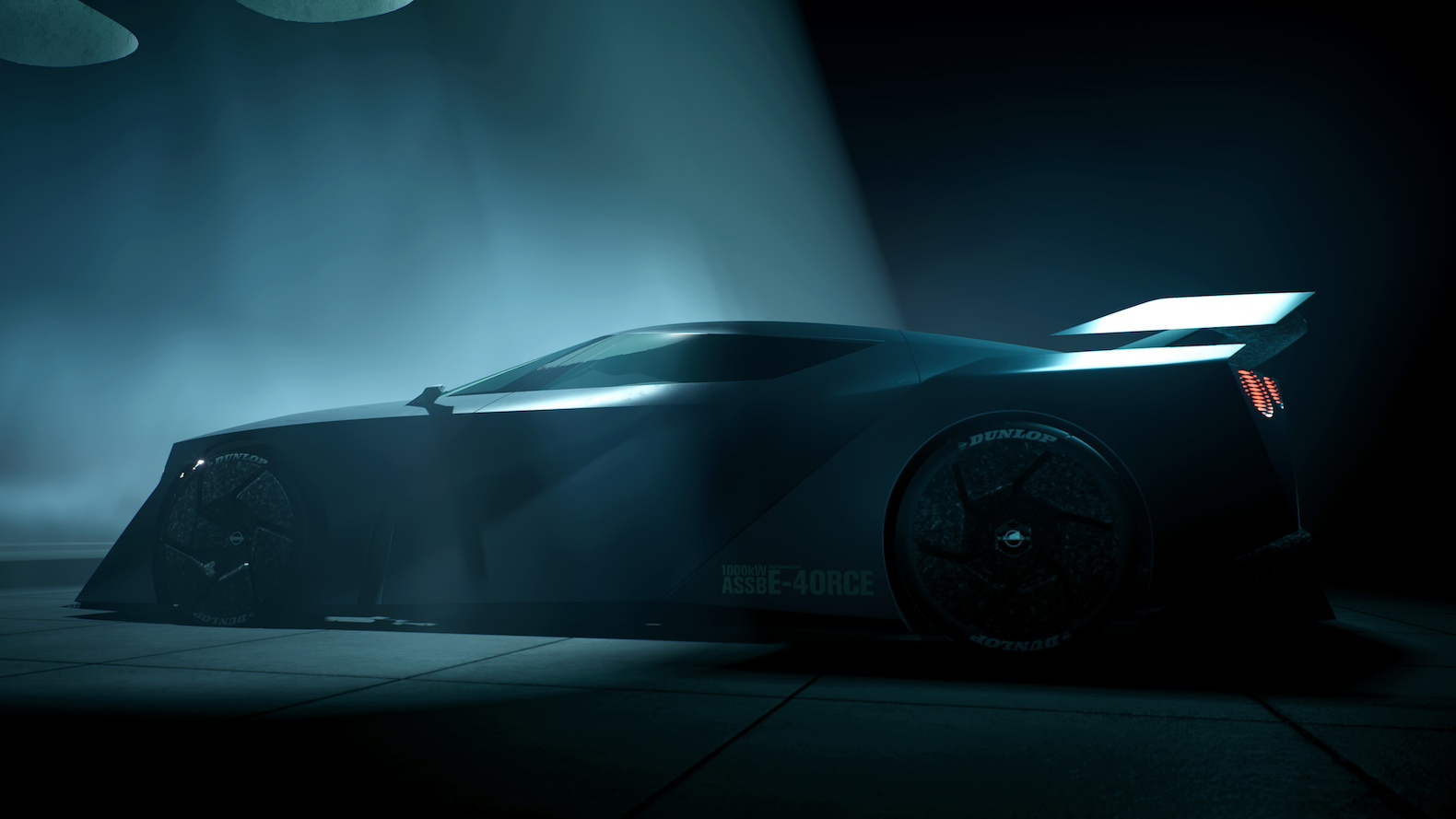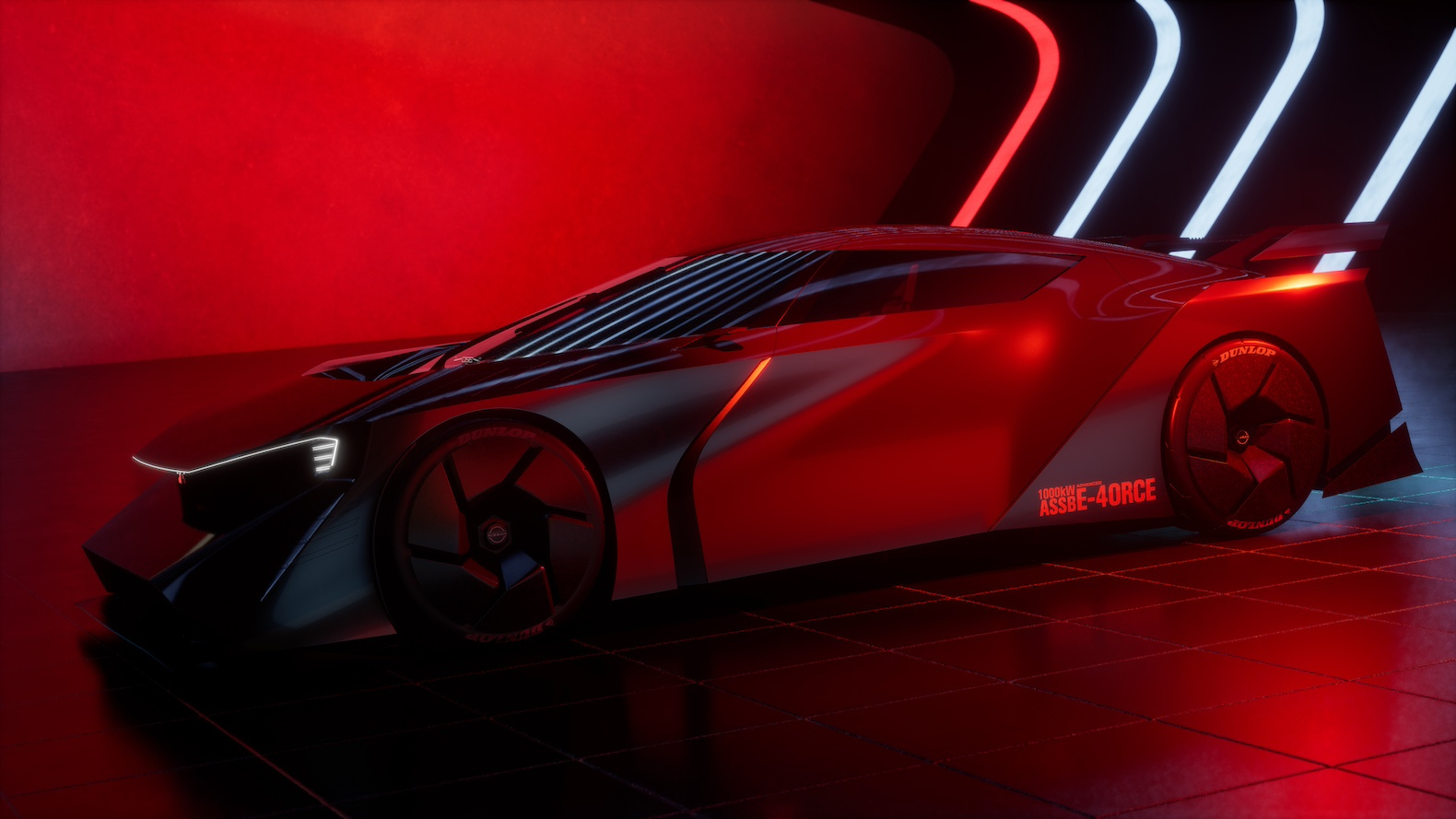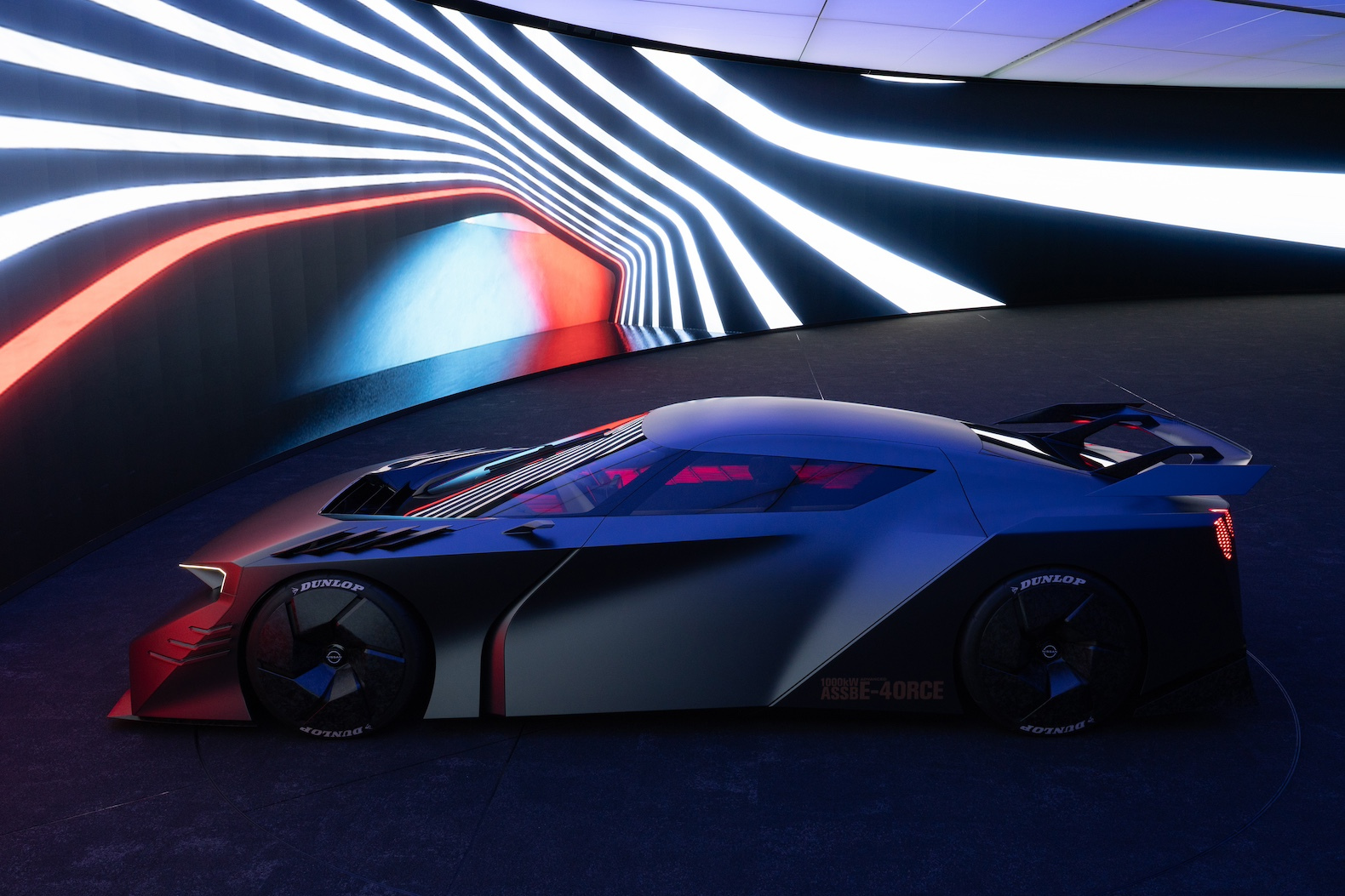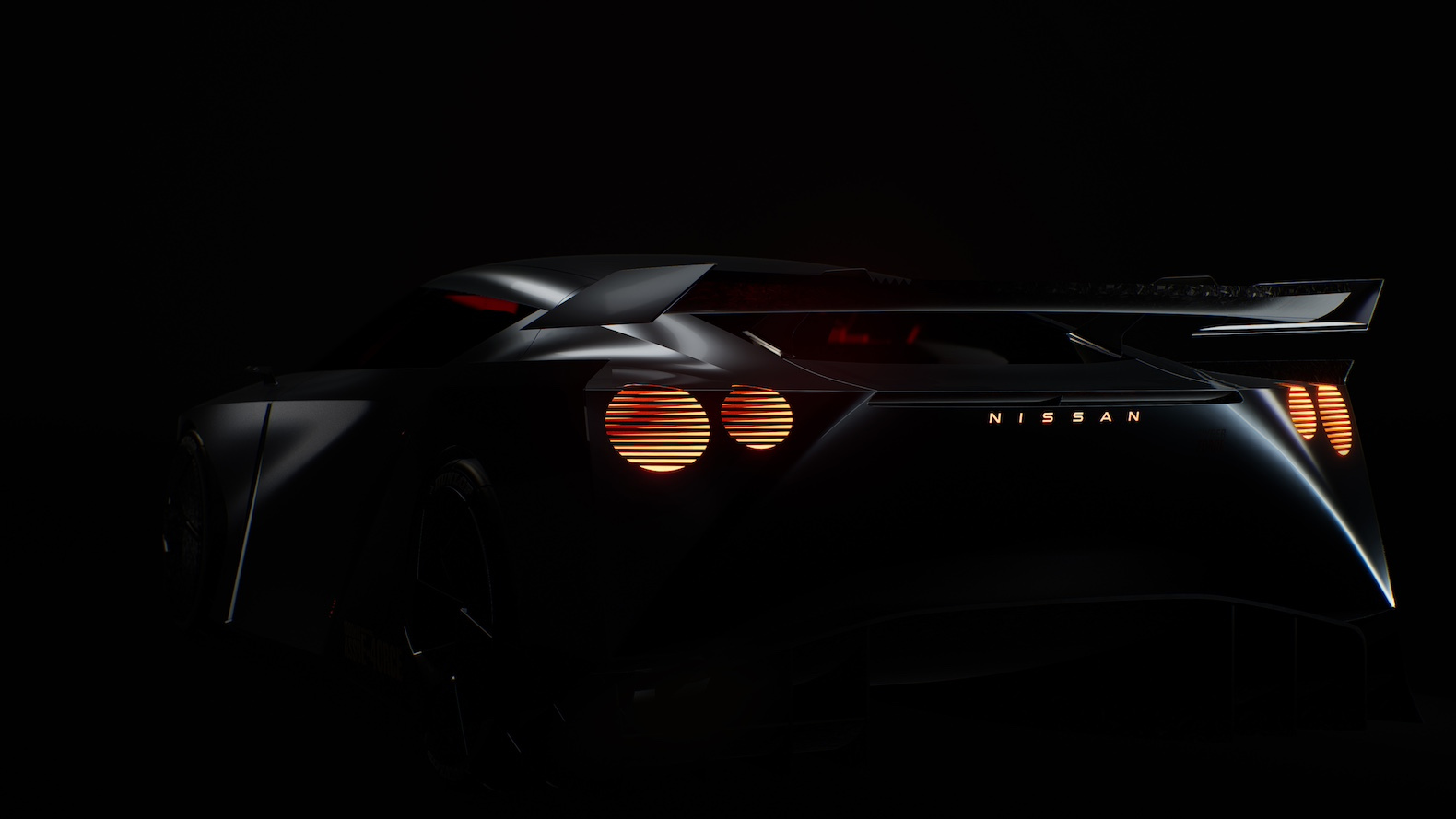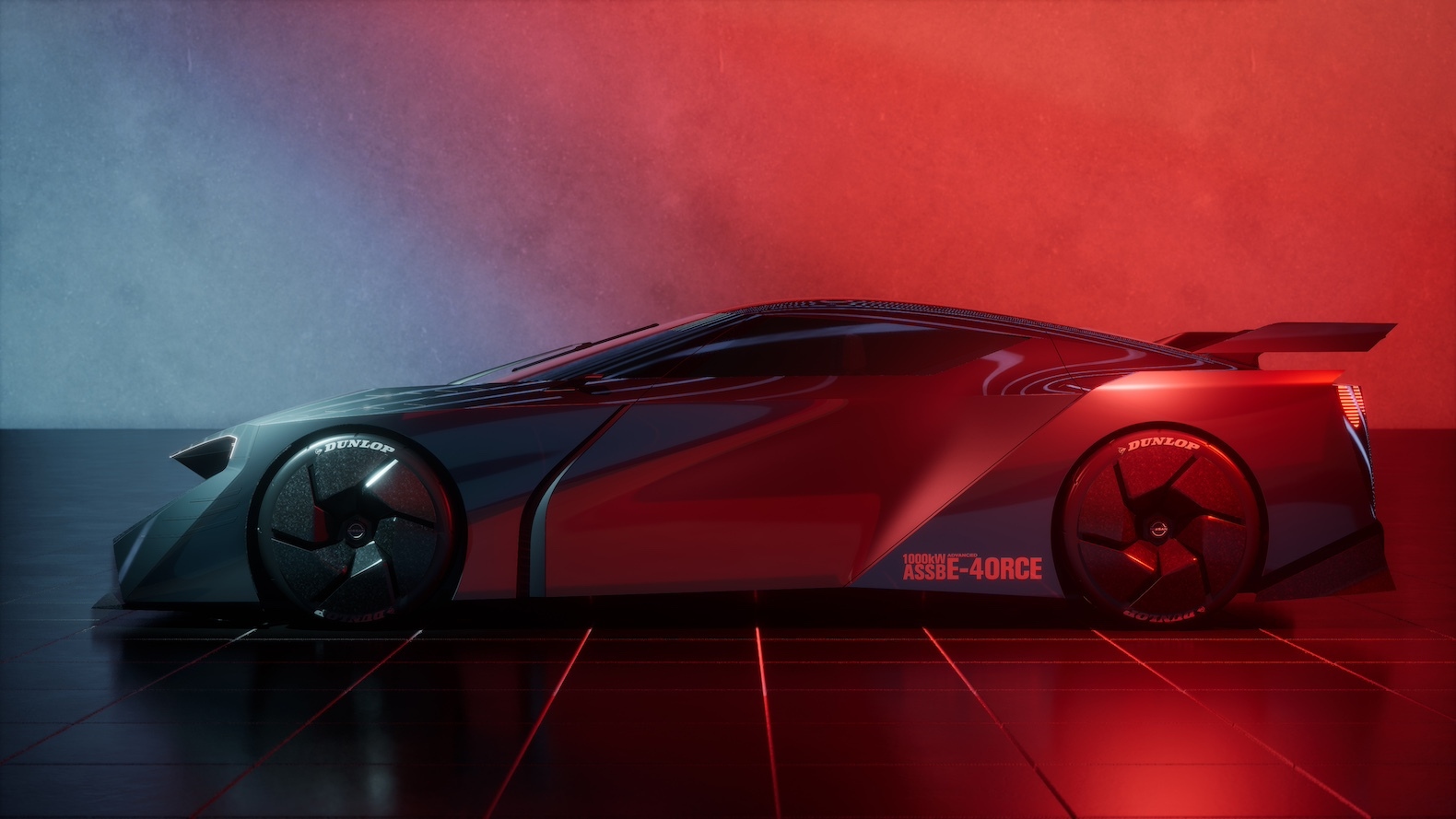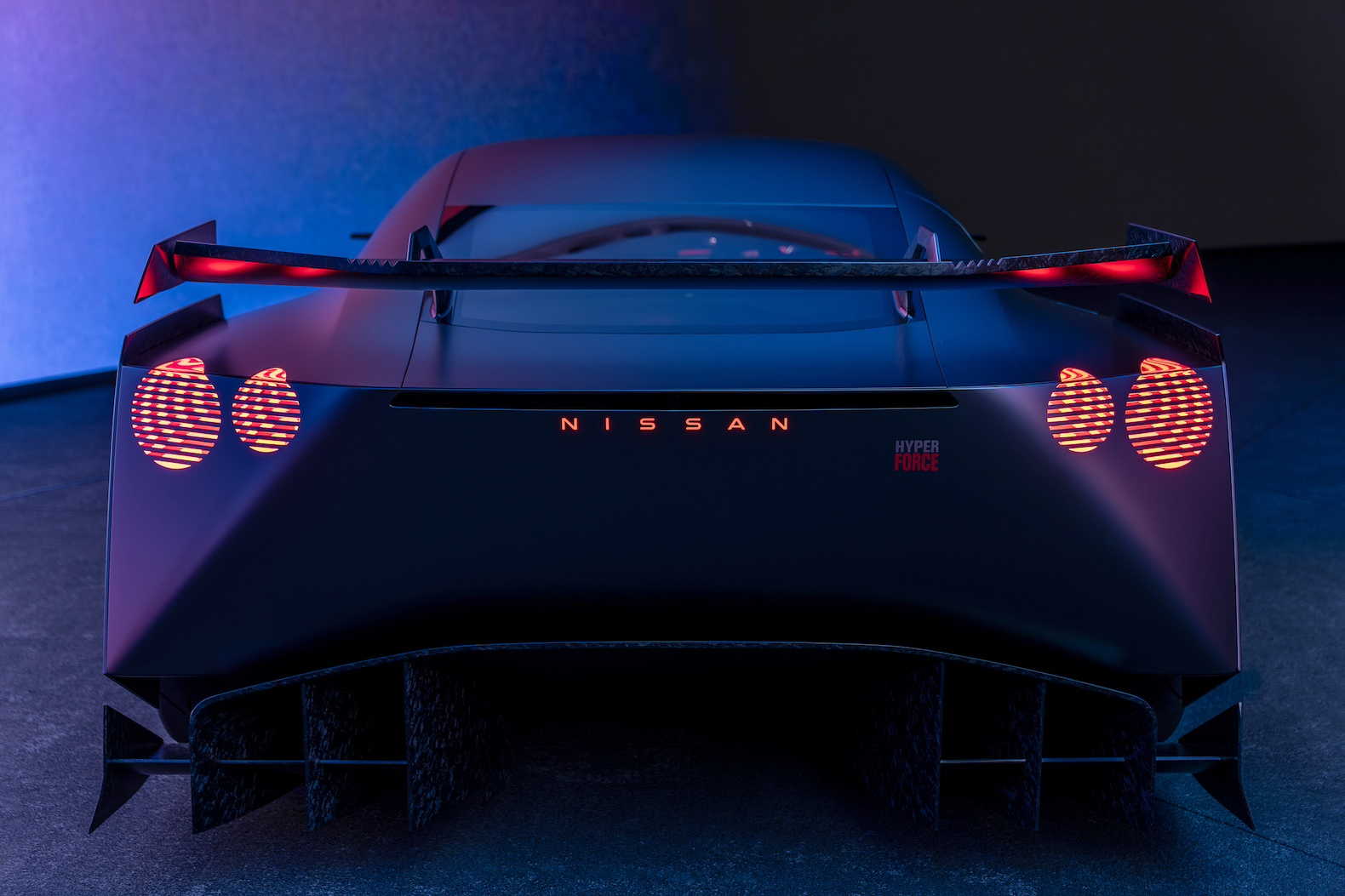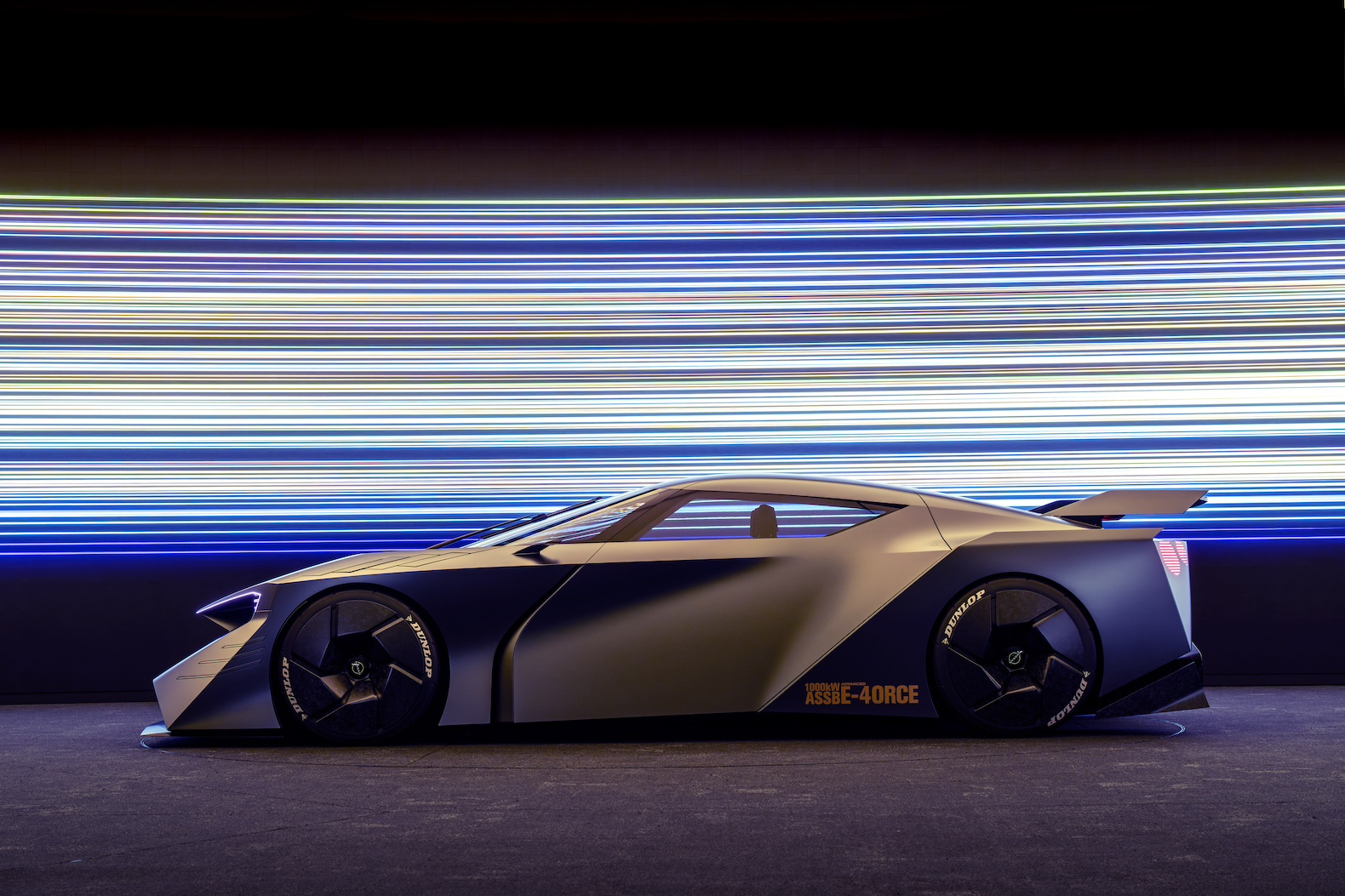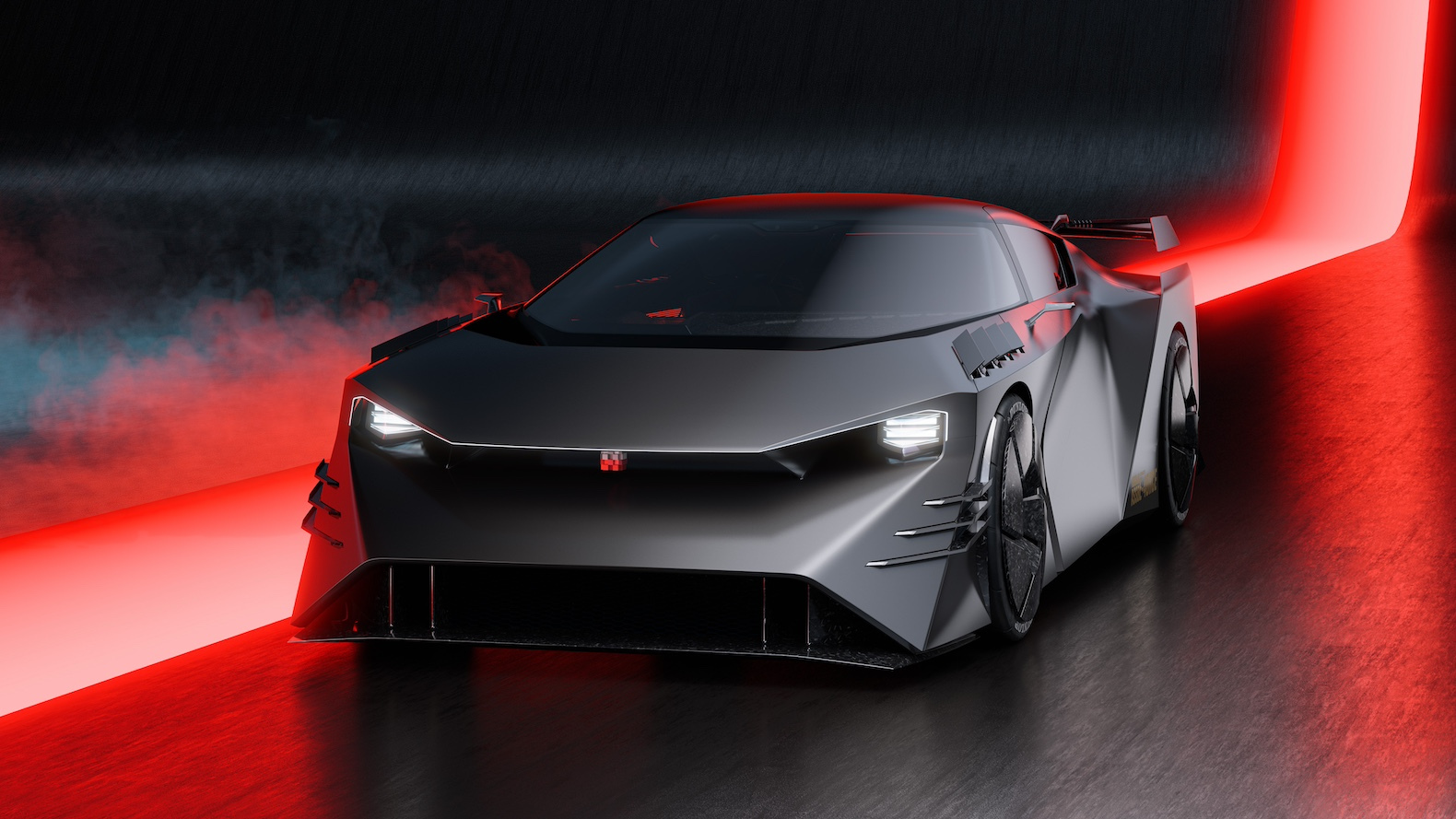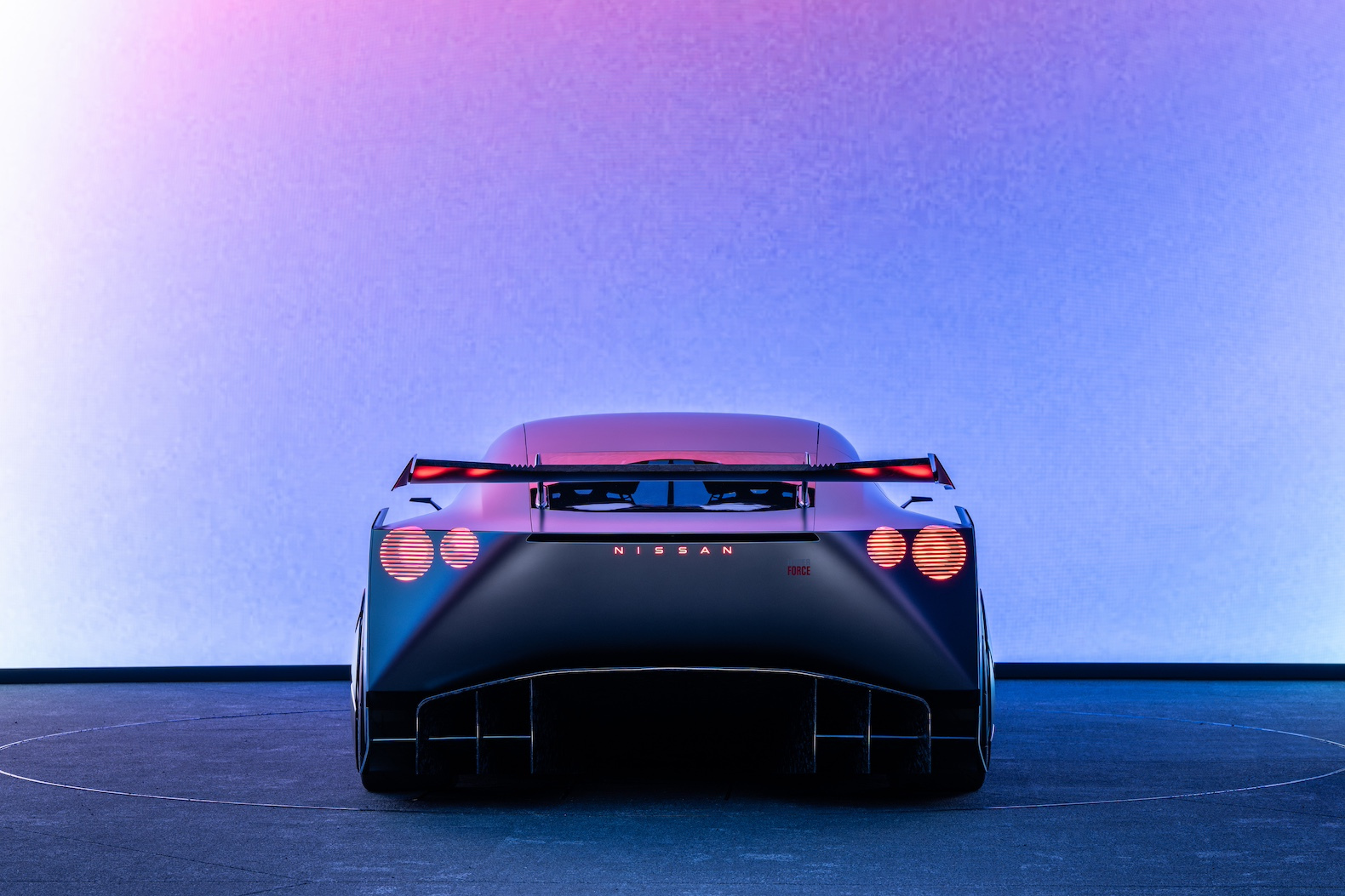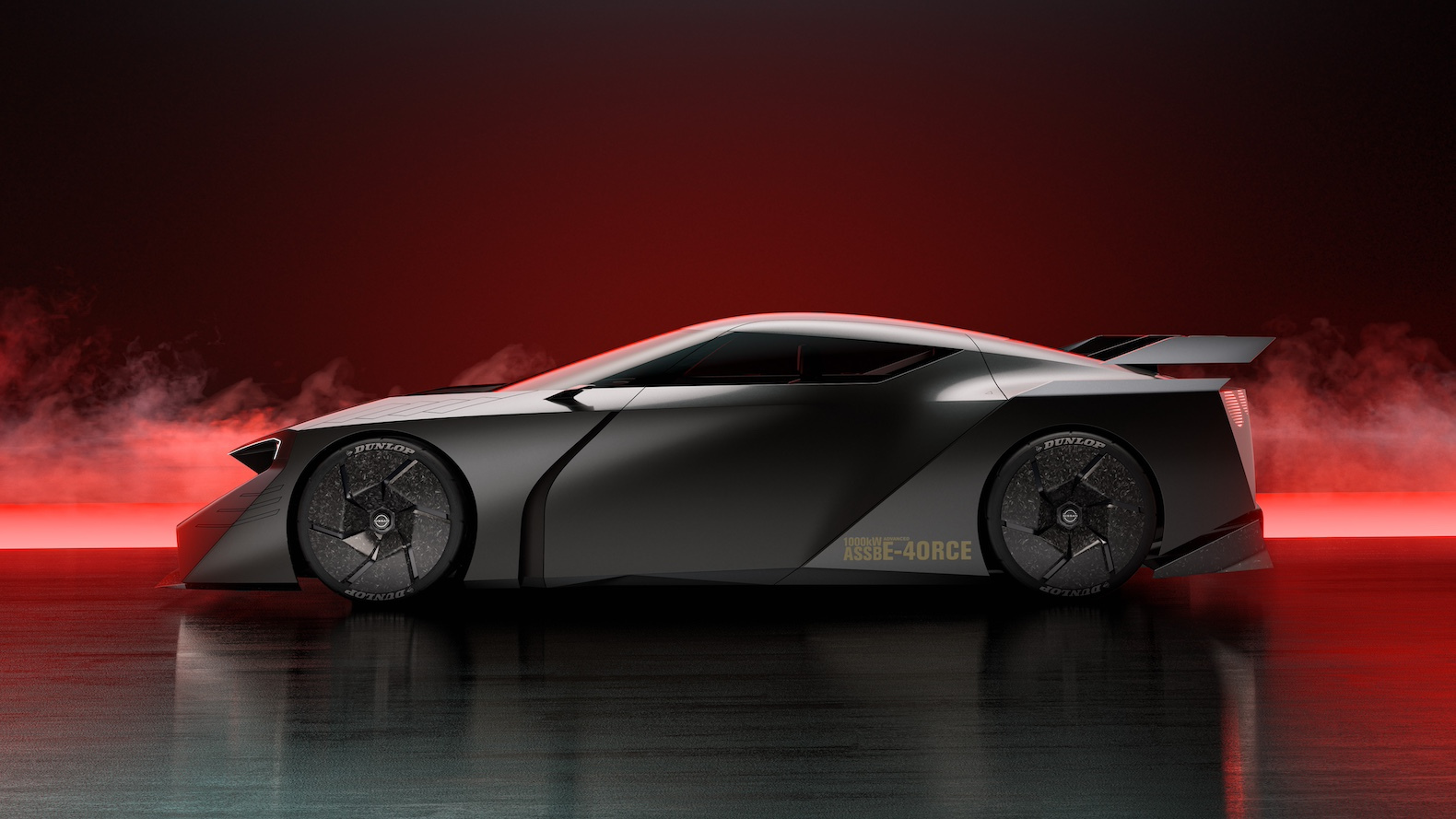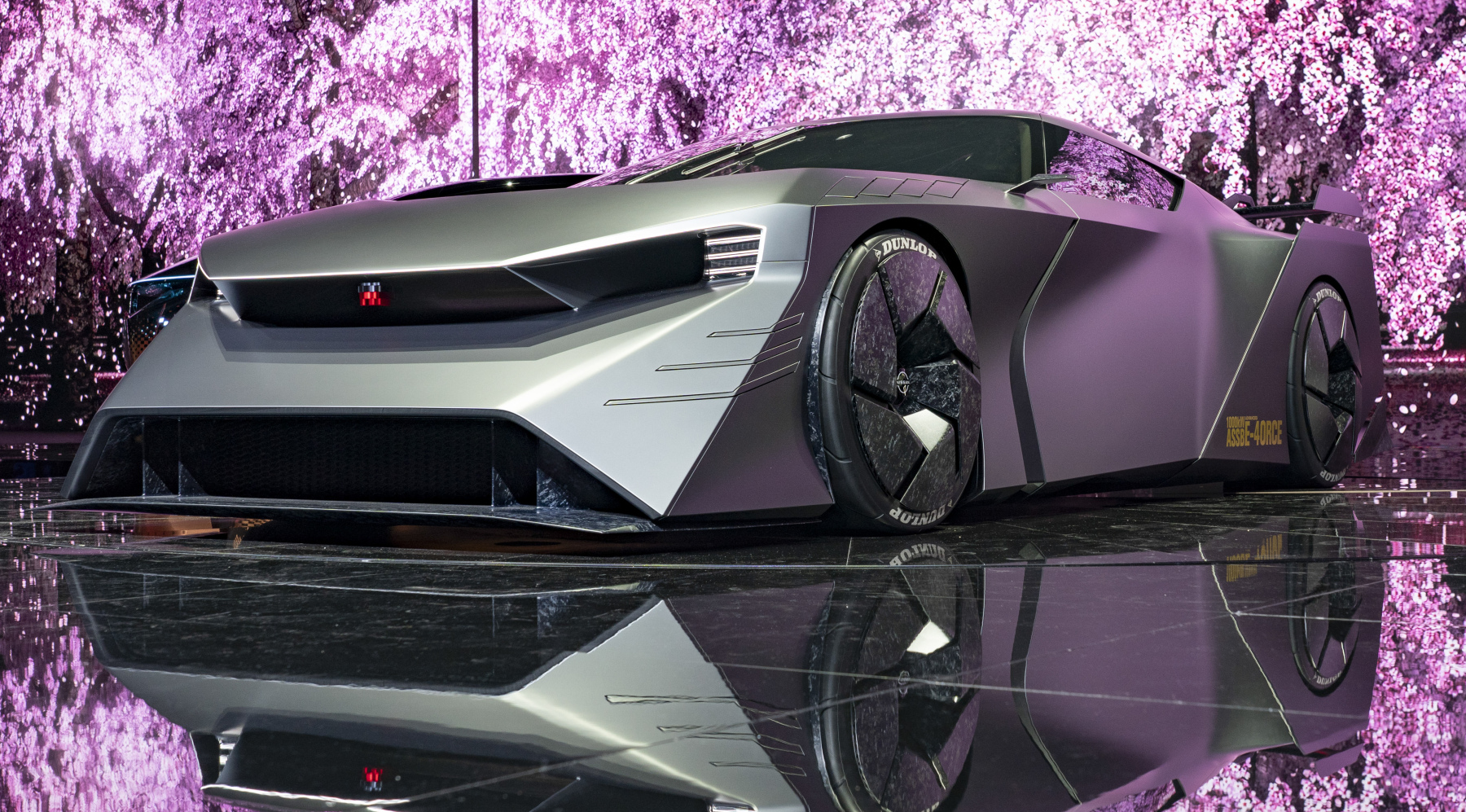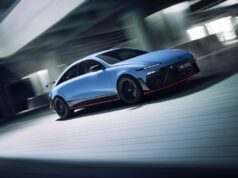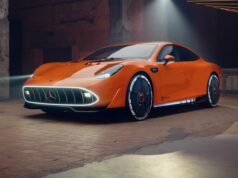Nissan’s Hyper Force concept, unveiled Tuesday at the Japan Mobility Show, is the fifth and most audacious of Nissan’s five concepts revealed weekly since October 3rd.
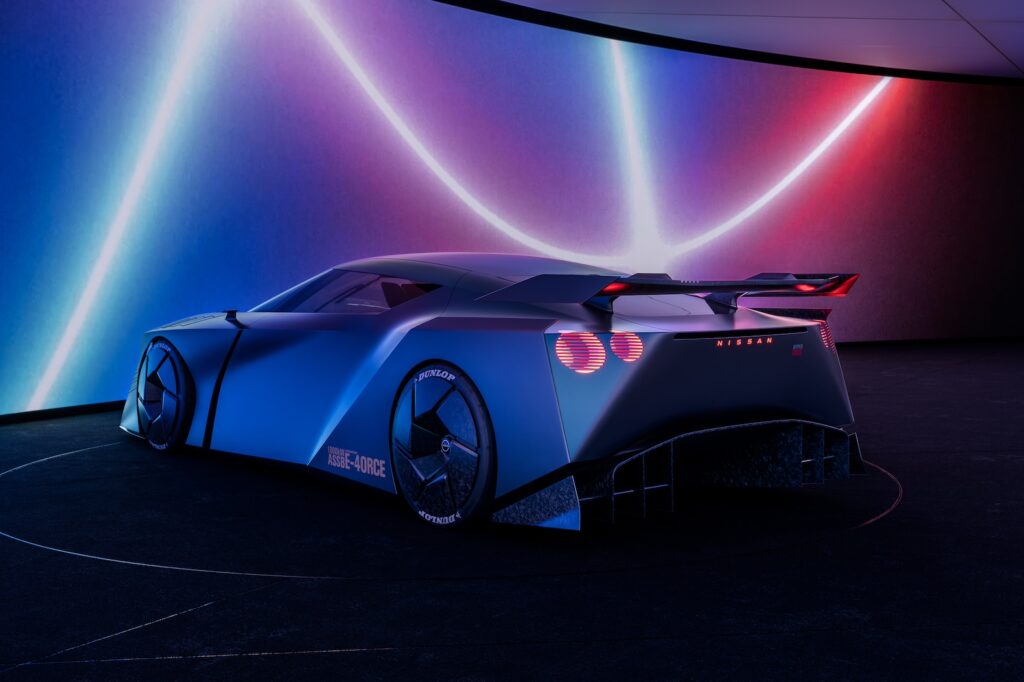
“All five concept cars showcased today are symbols of the future and embody our founding spirit,” said Nissan president and CEO Makoto Uchida. “The EVs symbolize our future of creating a cleaner, safer, and more inclusive world for everybody without compromising on passions and dreams.”
Of the five, it’s Hyper Force that will no doubt garner the most attention. While Nissan hasn’t said it’s the new GT-R, it certainly appears to be. Its surprise appearance signals that Nissan may finally replace the iconic super car after 16 years with relatively few changes.
Nissan’s Nismo racing division assisted with aerodynamics, using carbon fiber in its body. The Hyper Force’s two-tiered aerodynamic configuration beneath the front hood delivers downforce and provides cooling. A dual-level rear diffuser and the ends of the rear wing further helps it slip smoothly through the airstream. Forged carbon wheels are fitted to improve brake cooling and aerodynamics. Nissan states that the Hyper Force uses “a newly developed plasma actuator suppresses air detachment to maximize grip and minimize inner-wheel lift during cornering.”
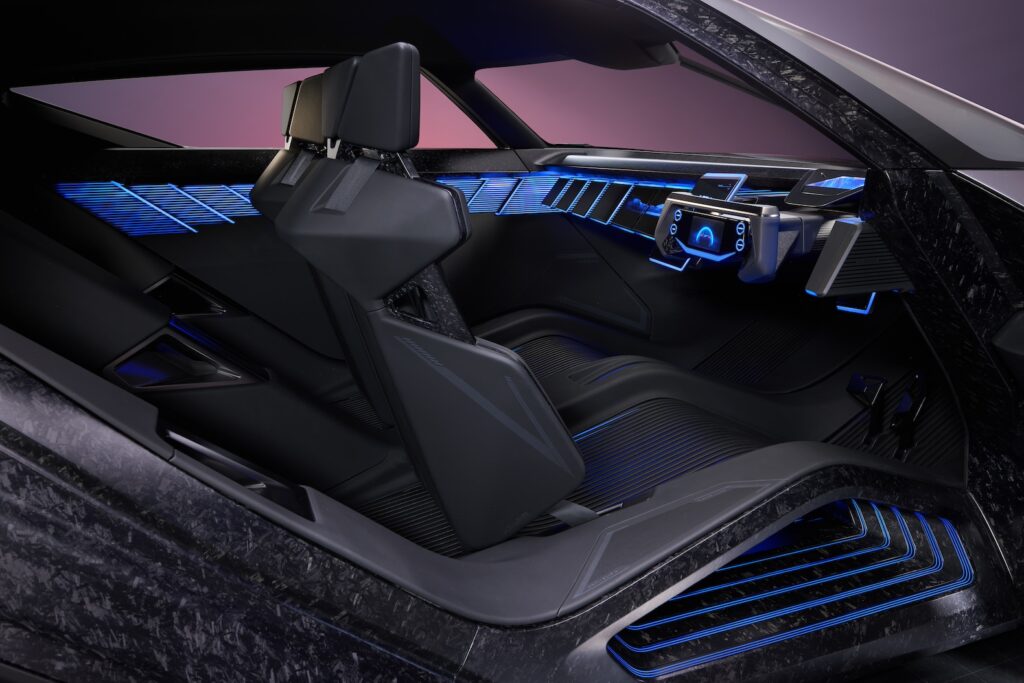
With 1,000 kW of power and all-wheel drive, it promises to be faster than its forbearers. Keep in mind that the current GT-R’s twin-turbocharged V6 produces 600 horsepower – which translates to 447 kW. Notably, the Hyper Force’s motors are powered by a solid-state battery, which Nissan is developing for use by decade’s end.
Ineterestingly, the Nissan Hyper Force’s driveline is fitted with racing and grand touring driving modes.
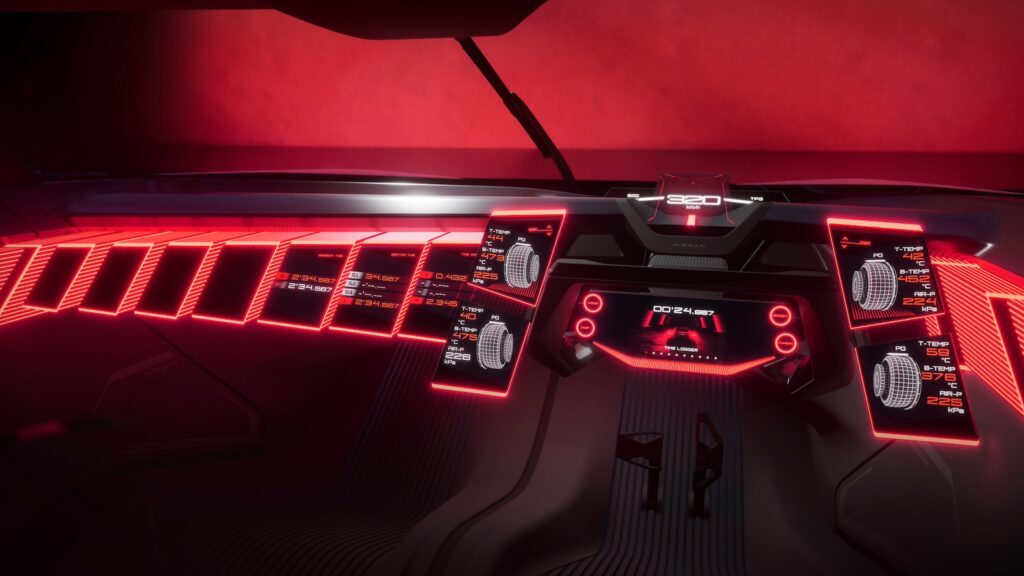
Putting the Hyper Force in Racing mode causes the cabin to be bathed in red light as dashboard panels move towards the driver. Power distribution, tire grip and temperature, air pressure, brake rotor temperature, and other race data points are displayed on four screens mounted around the steering wheel.
Setting the Nissan Hyper Force in Grand Touring mode causes the cabin to be lit in blue light, and the panels merge together and use a simple infotainment system interface for air-conditioning, music, suspension, and stabilizers.
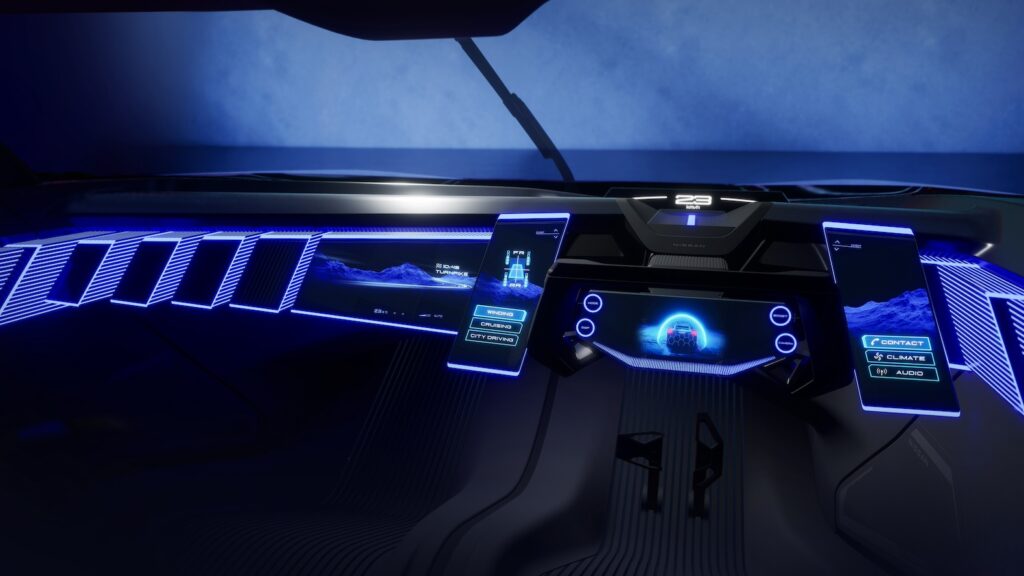
As you might expect, seats are made of lightweight carbon fiber.
As if this car wouldn’t be entertaining enough, its screens were designed with the help of Polyphony Digital, the creators of the Gran Turismo PlayStation. So it’s little surprise that cabin can be used as a race simulator when the car is parked. Players need to wear a special helmet with VR technology to use it, however.
Beyond the show car gimmickry, one question remains.
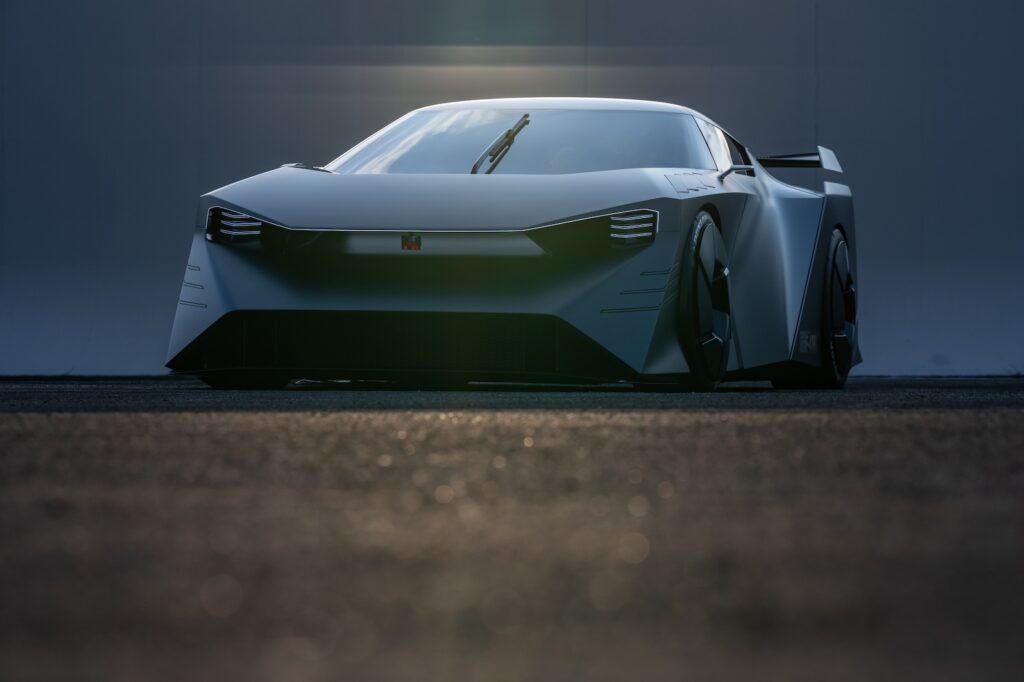
Will an electrified GT-R retain its predecessors’ burly beastly nature? That remains to be seen. For now, it’s enough that a new GT-R is evidently a possibility in our electron-driven future.

